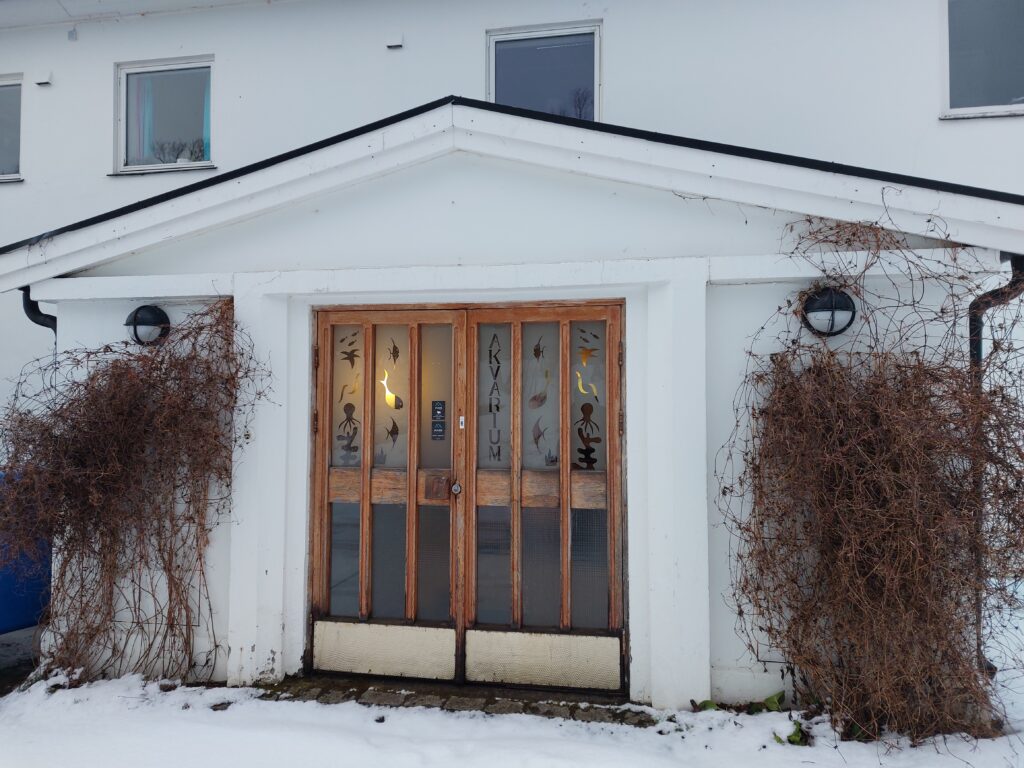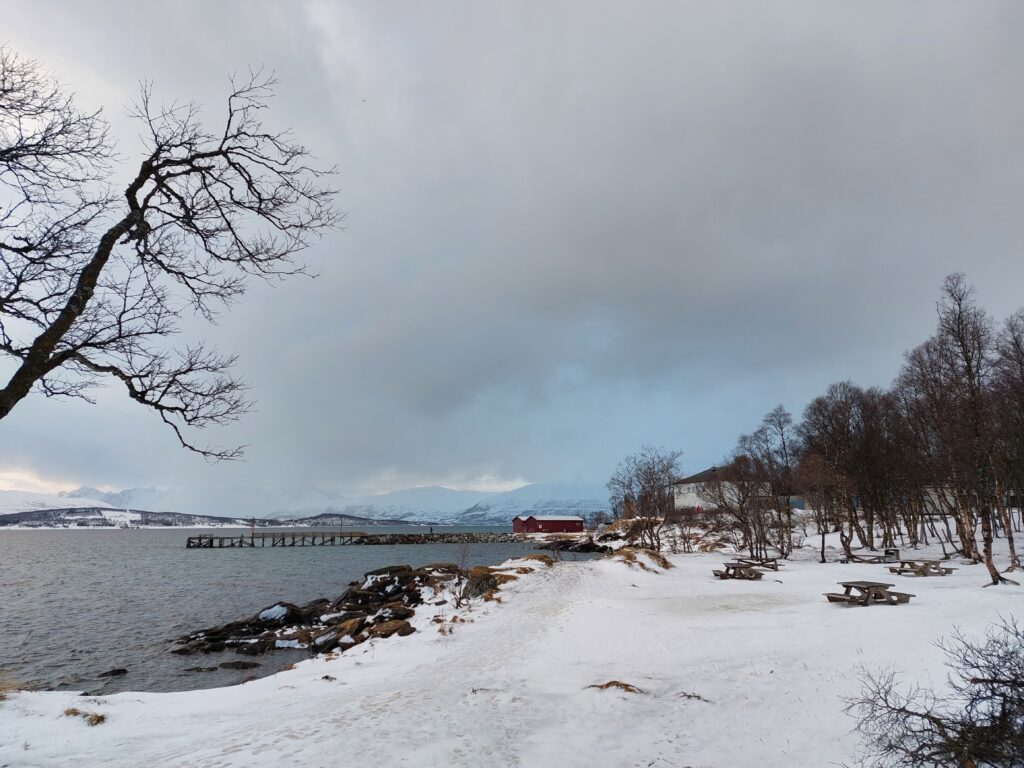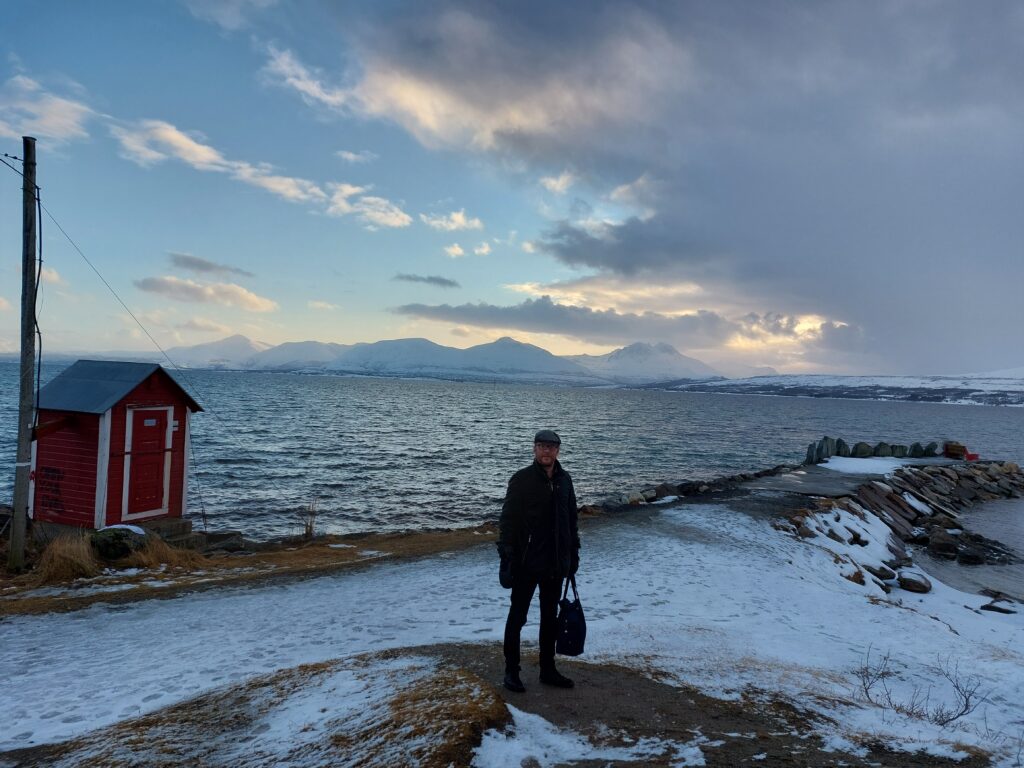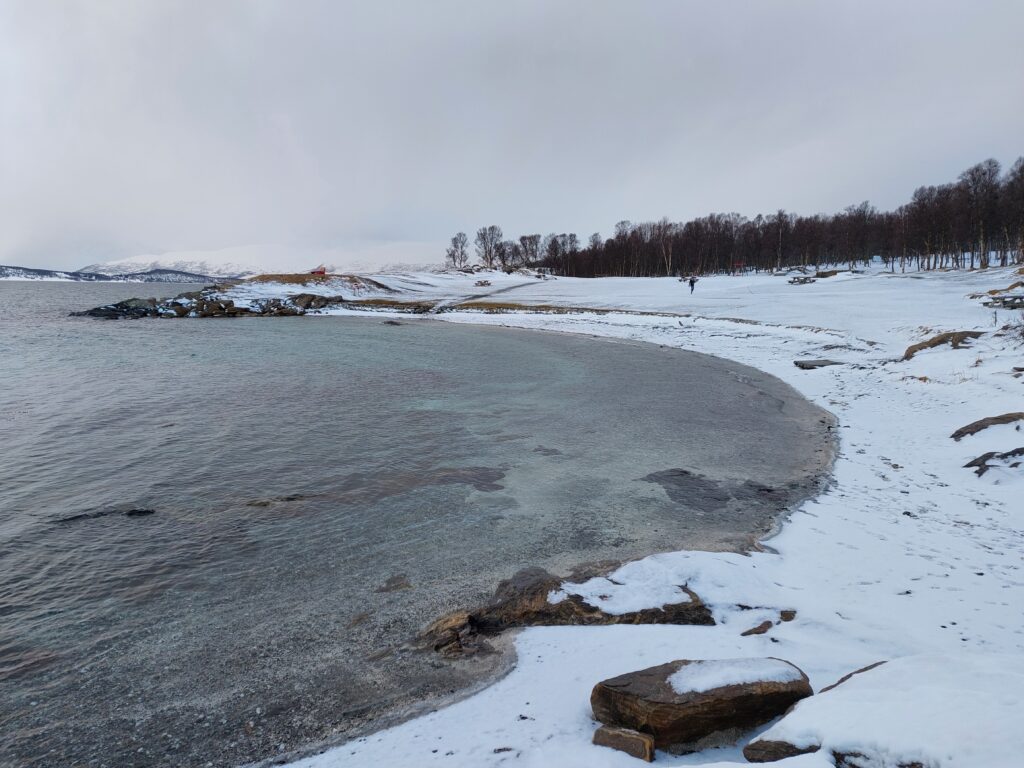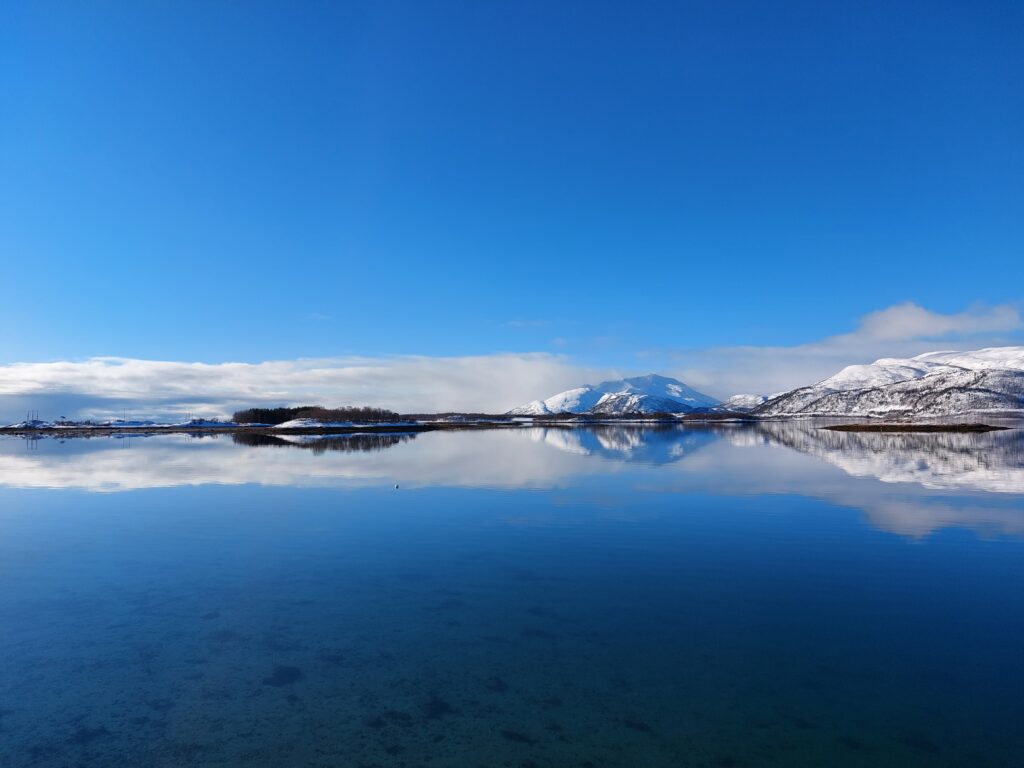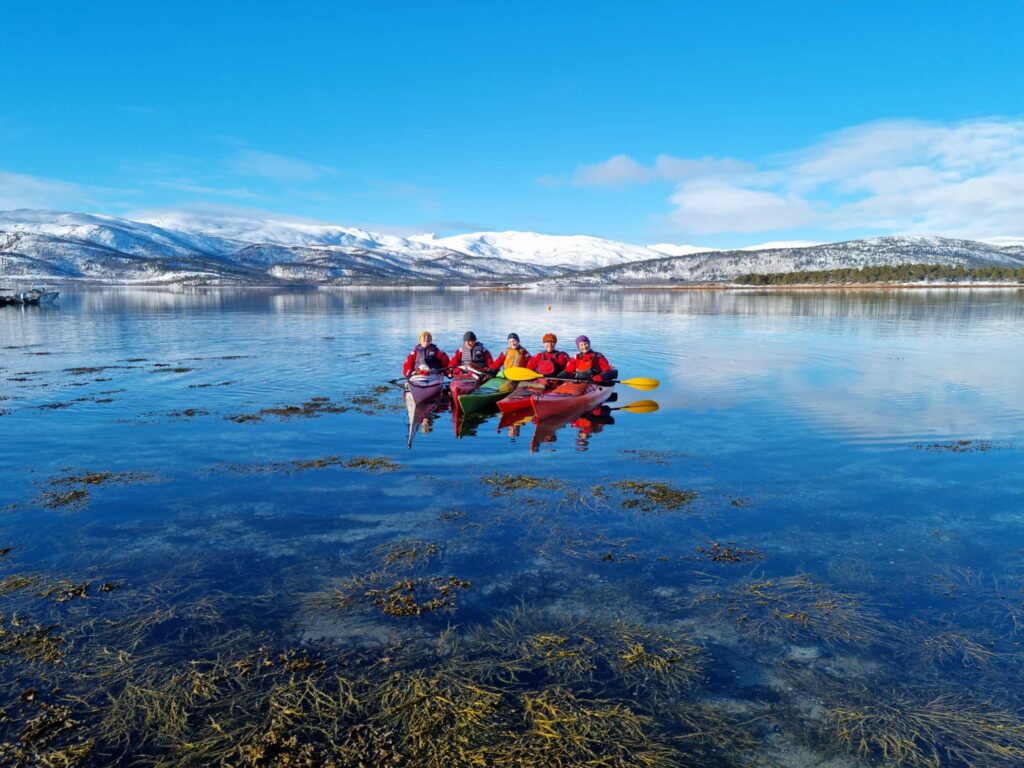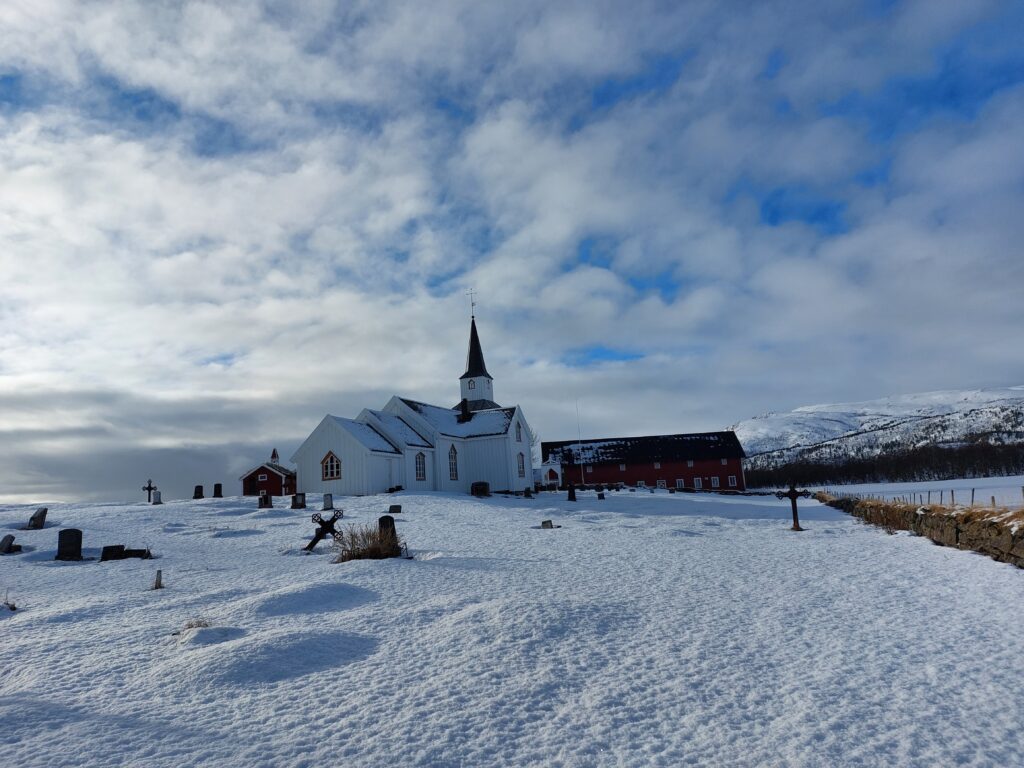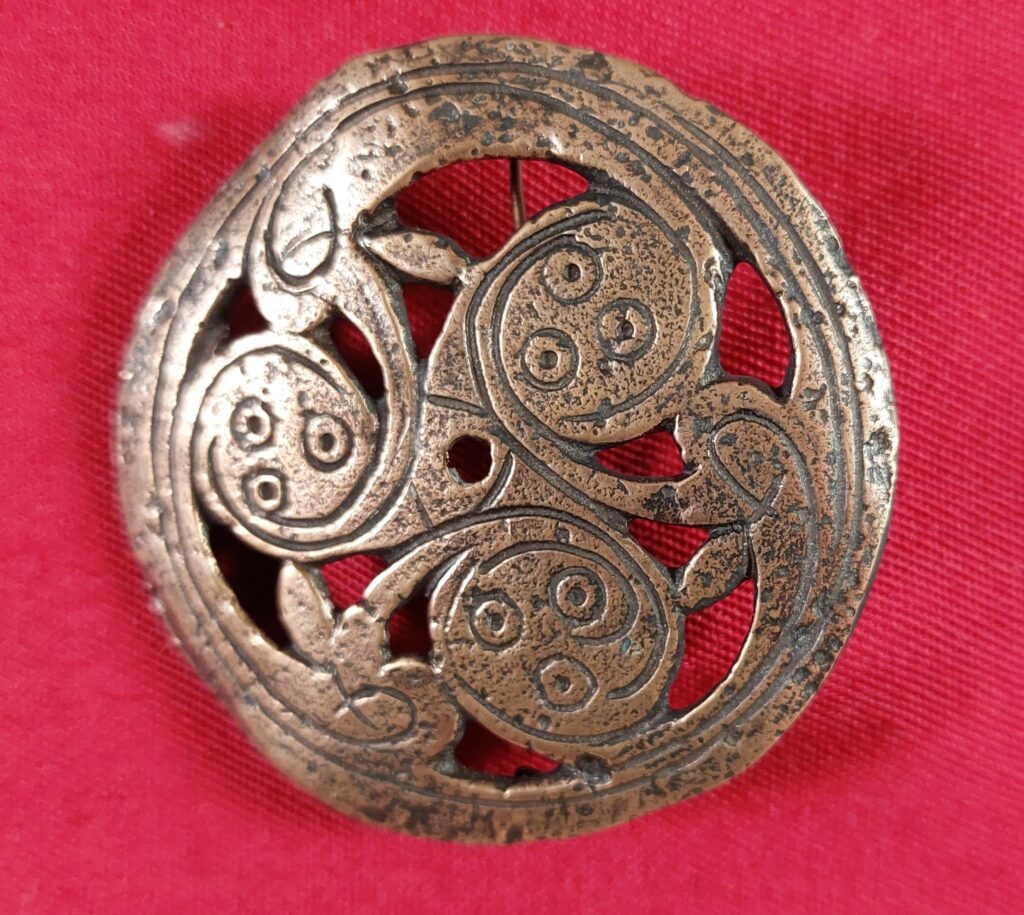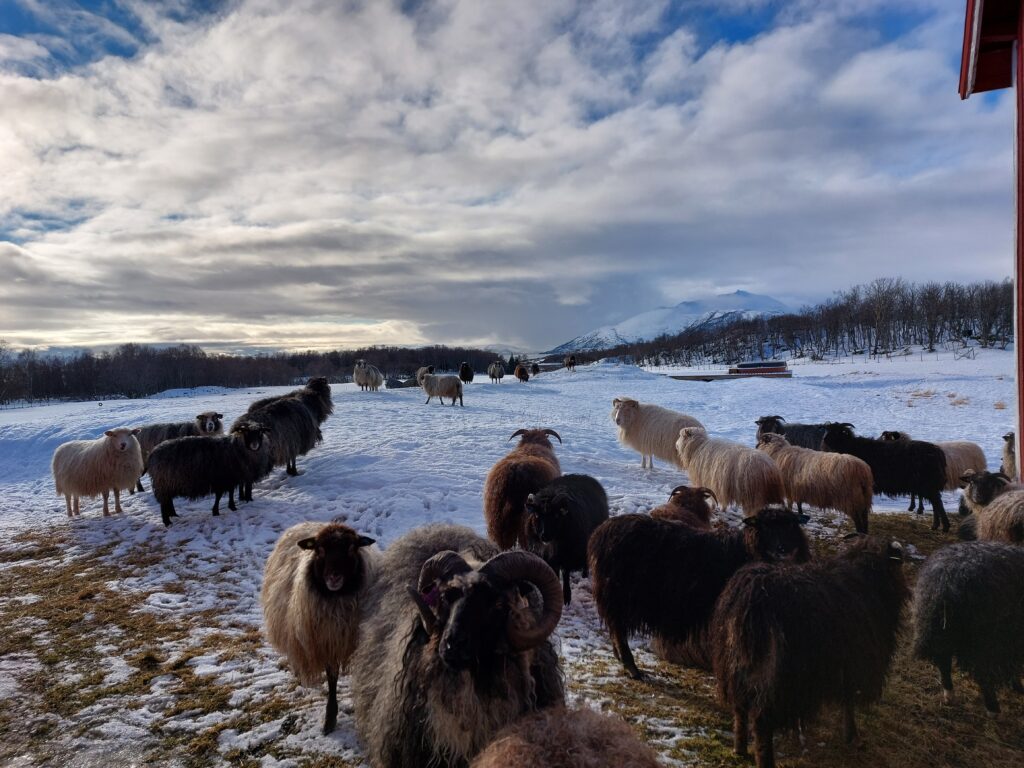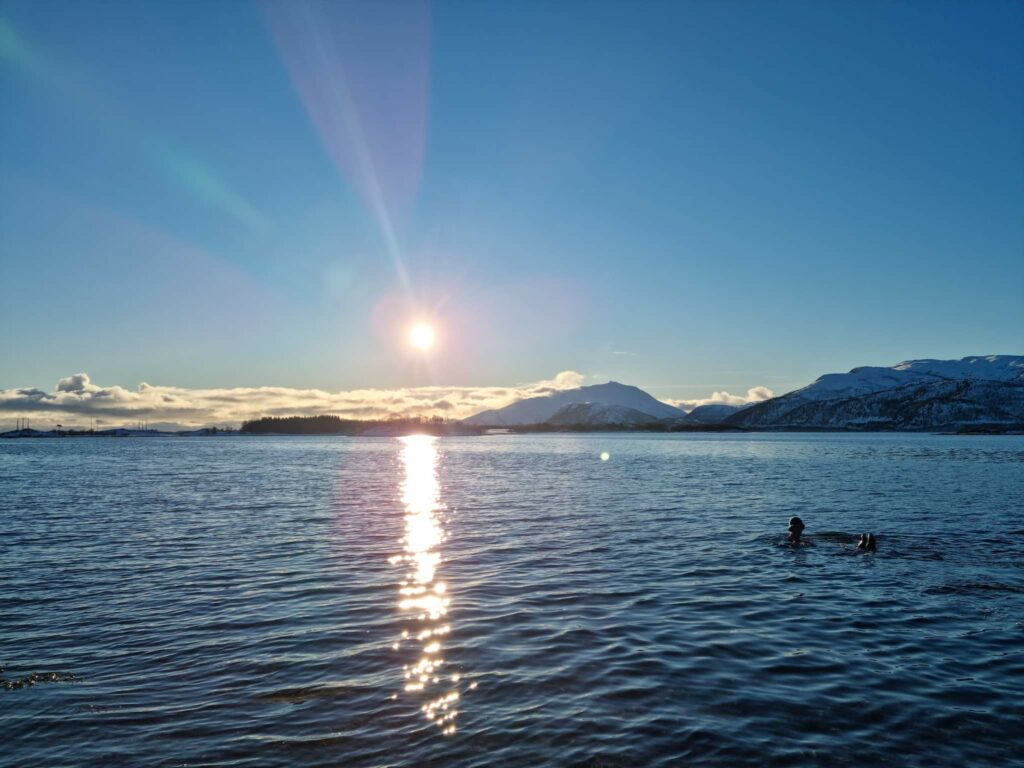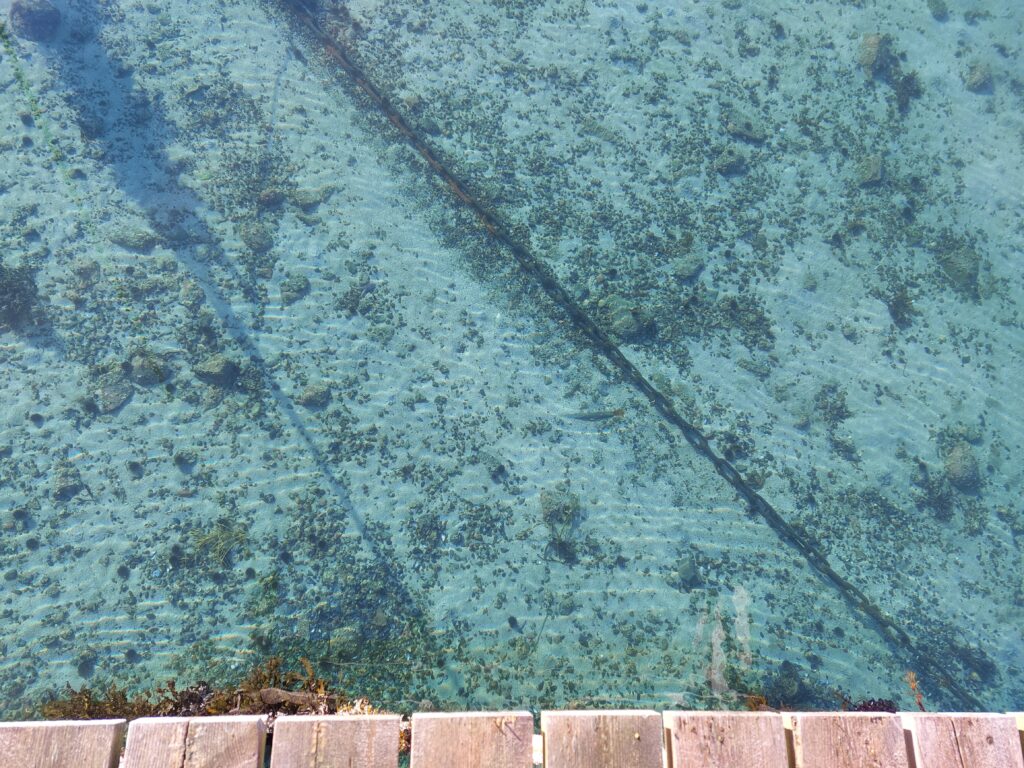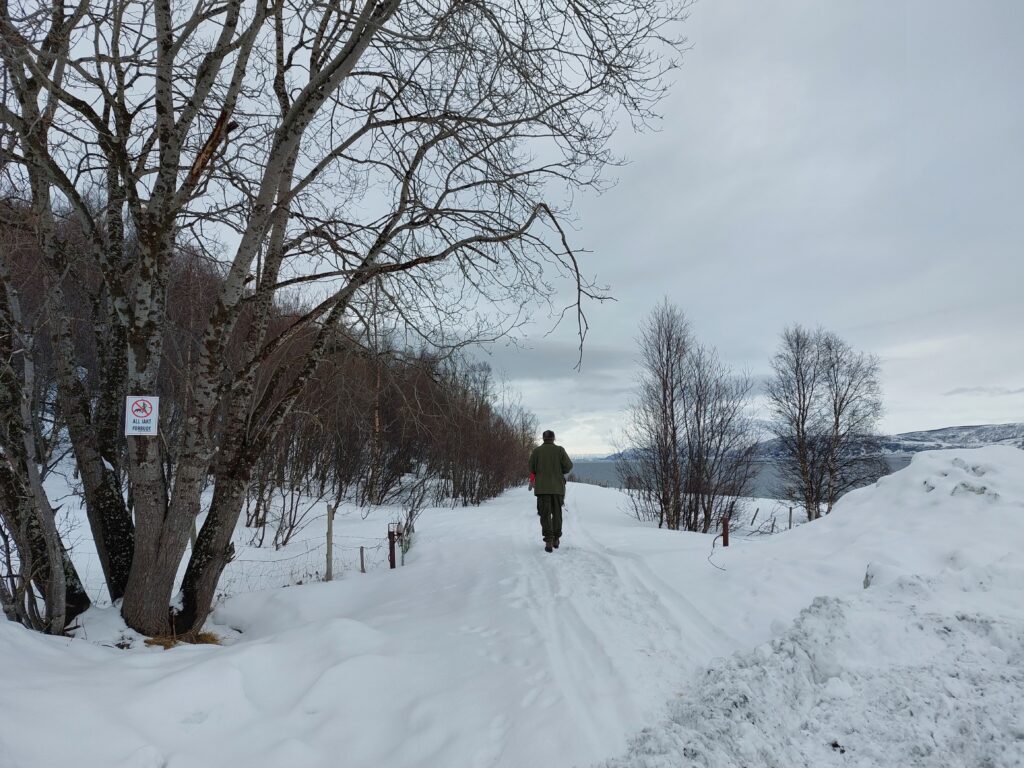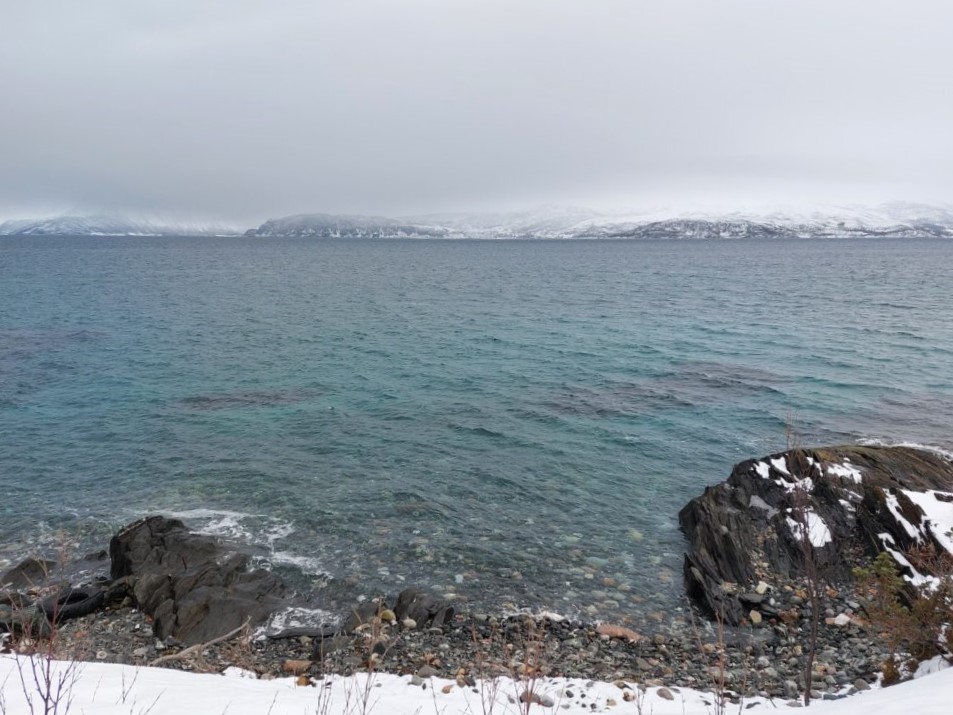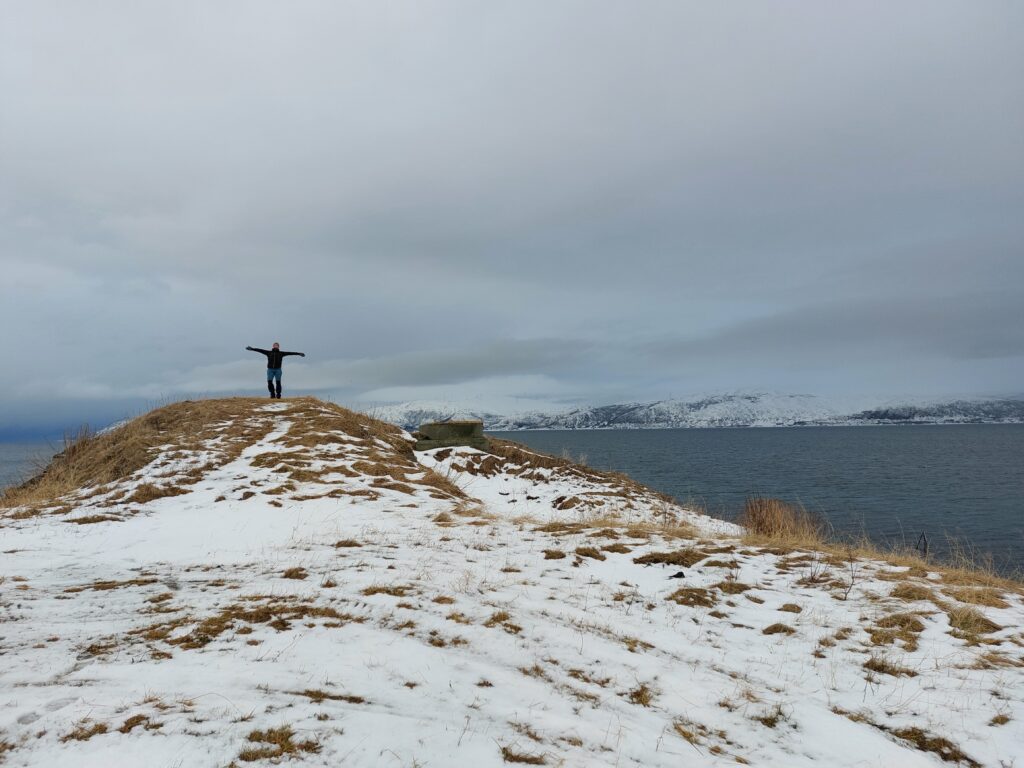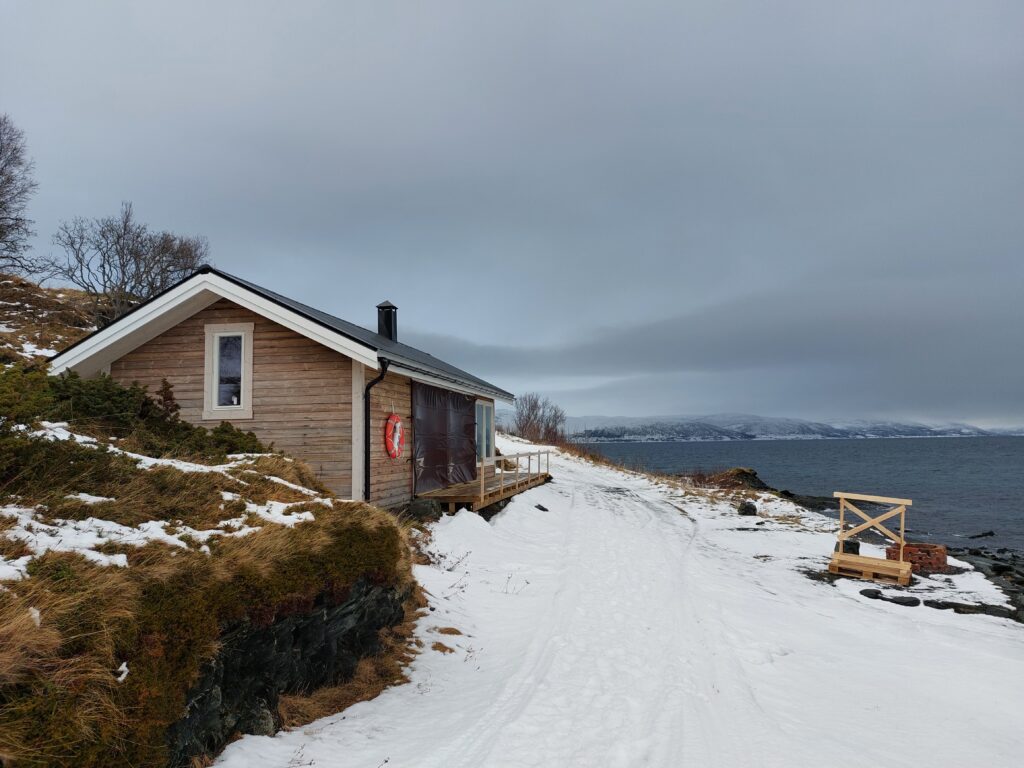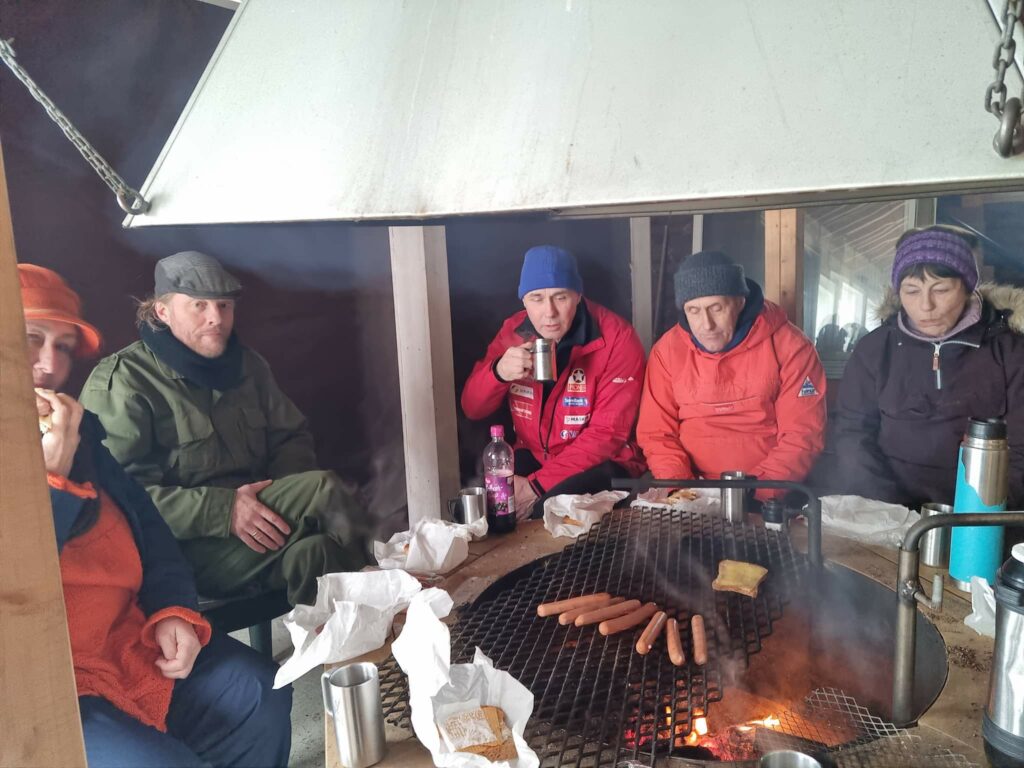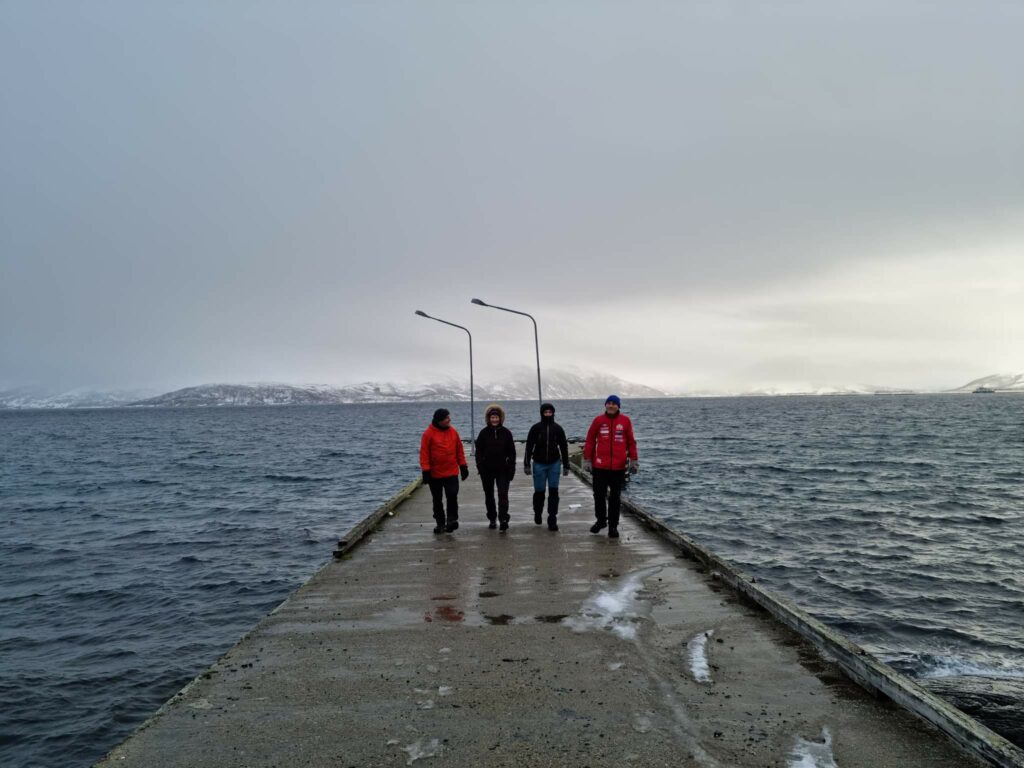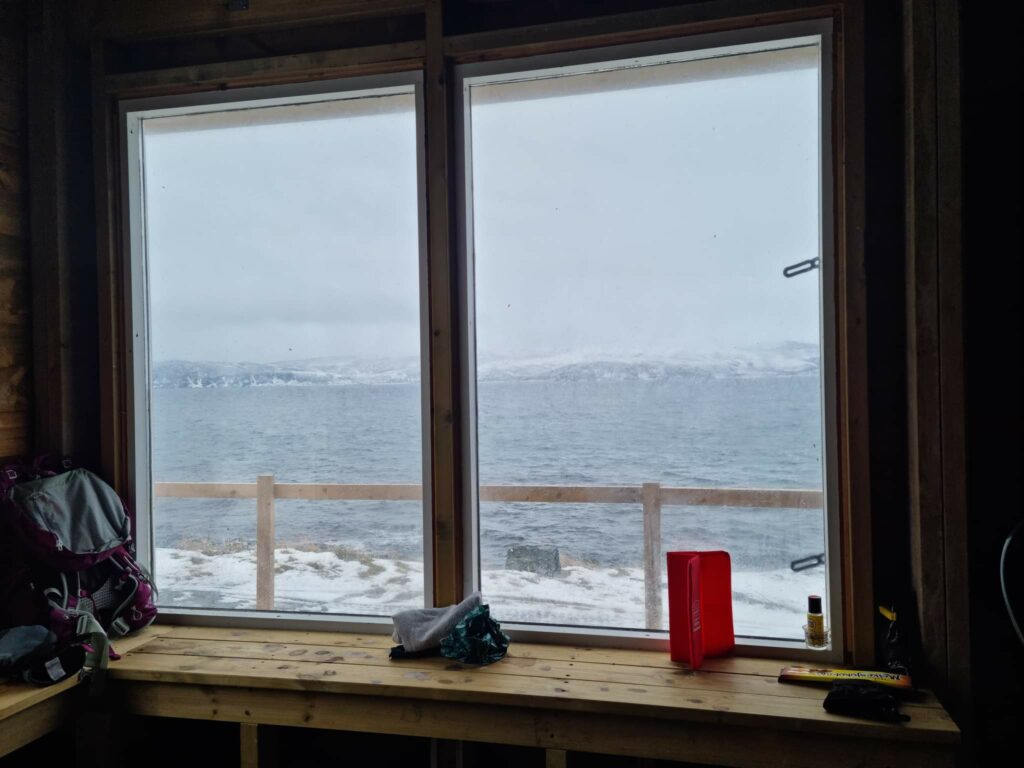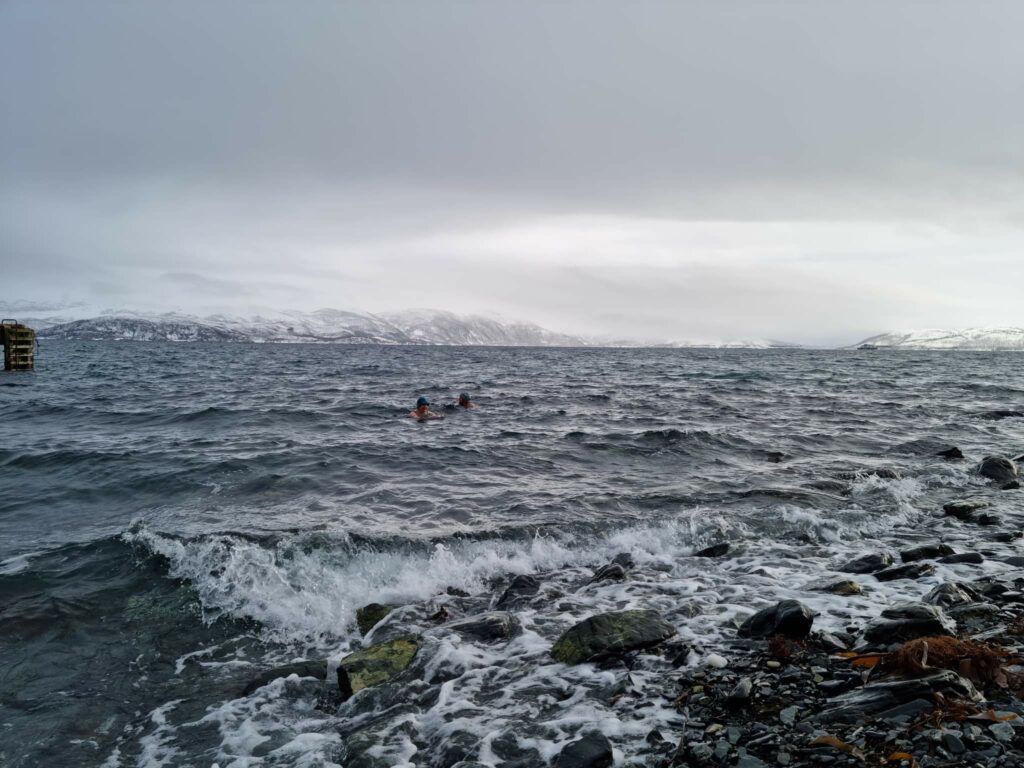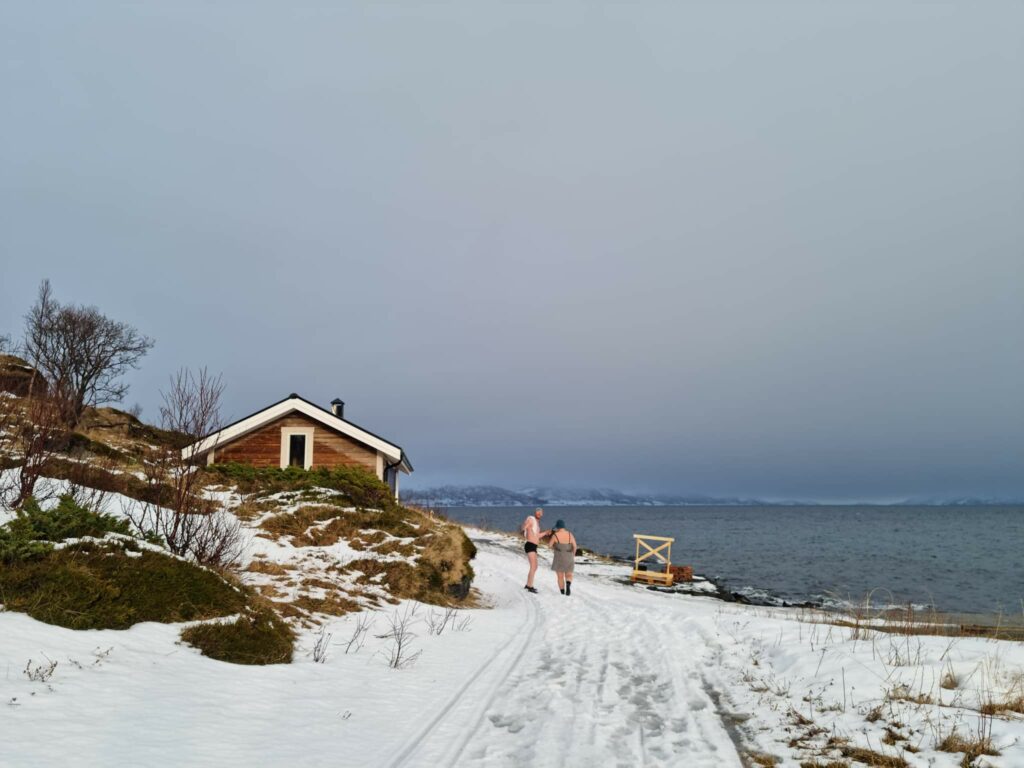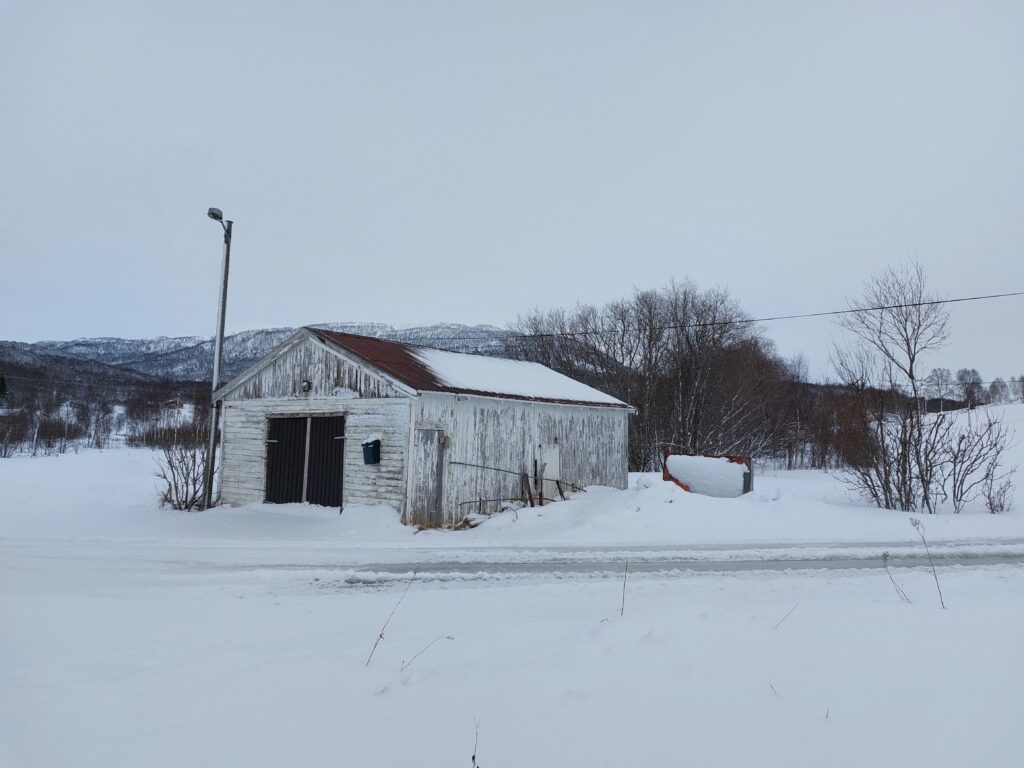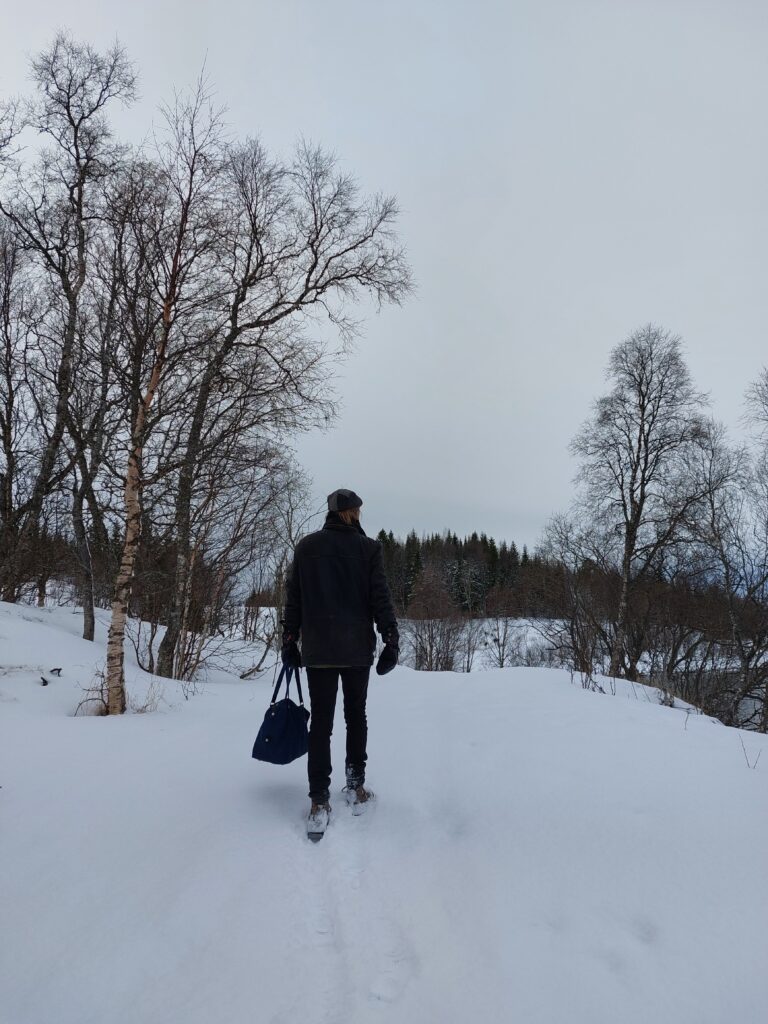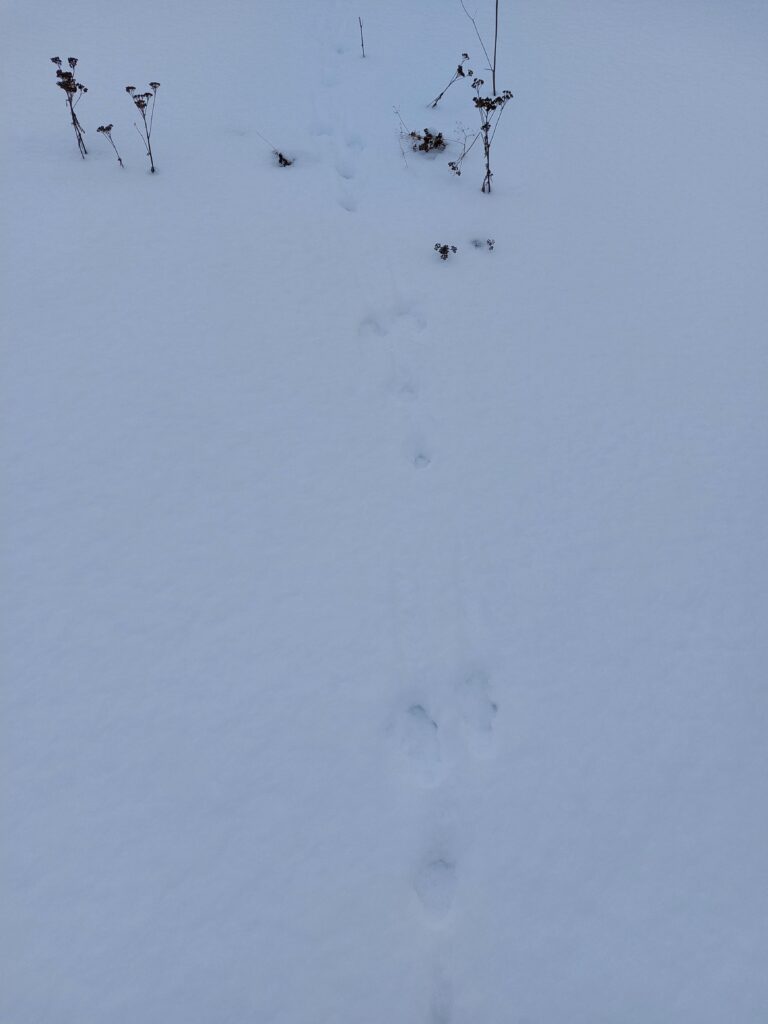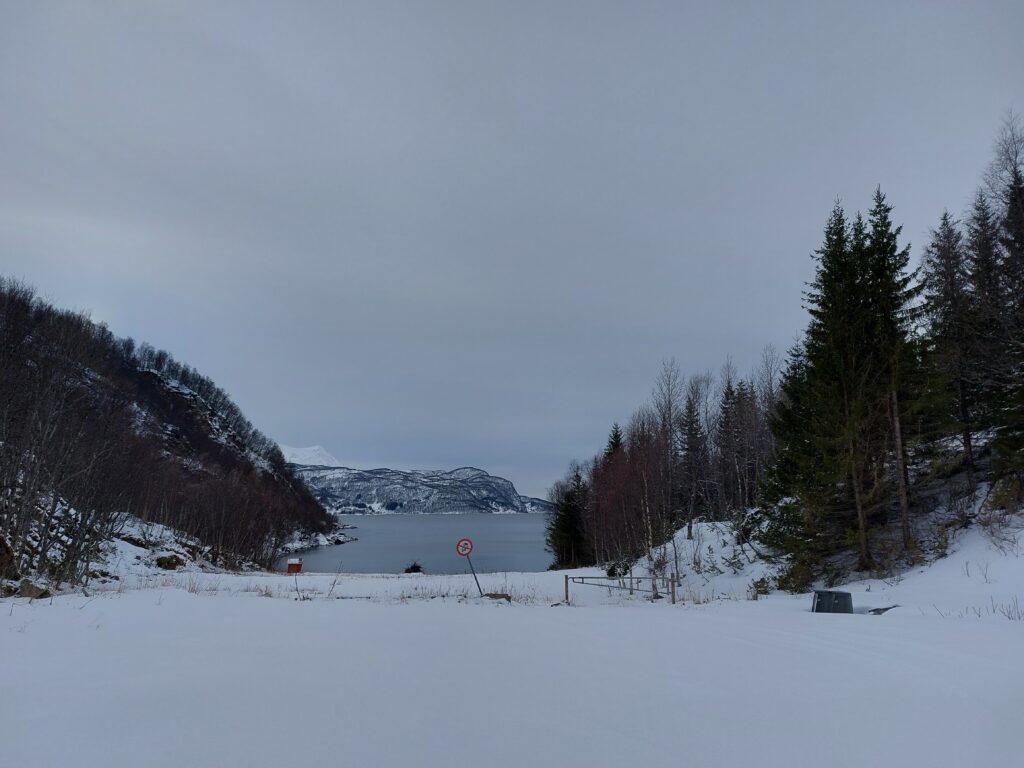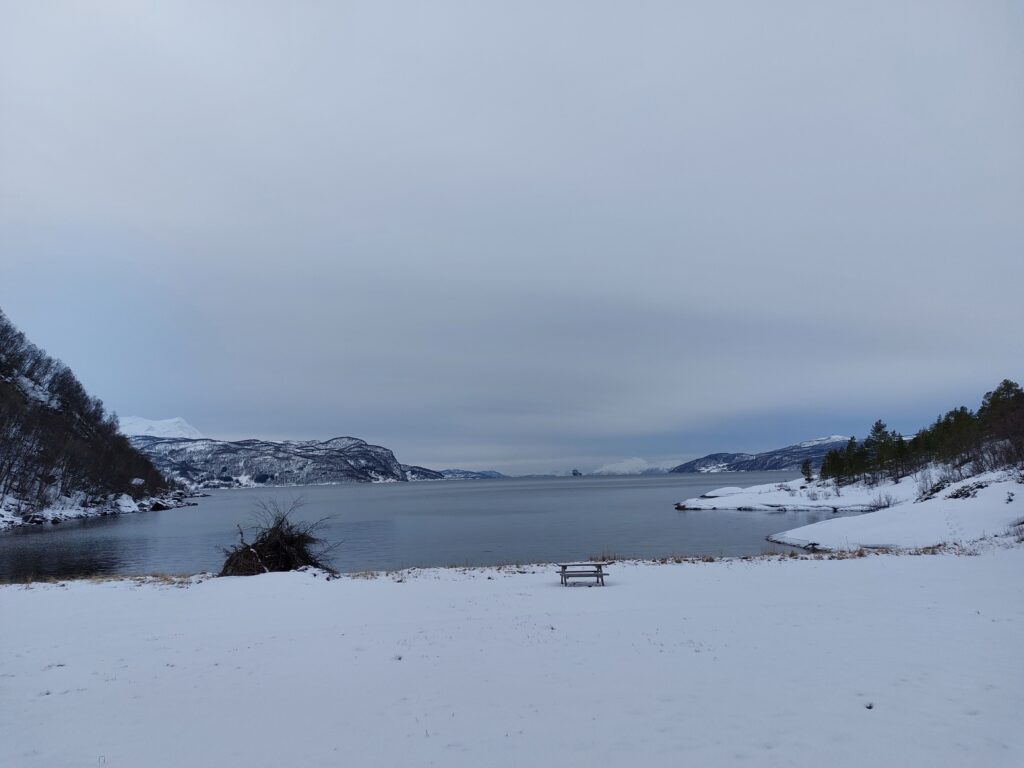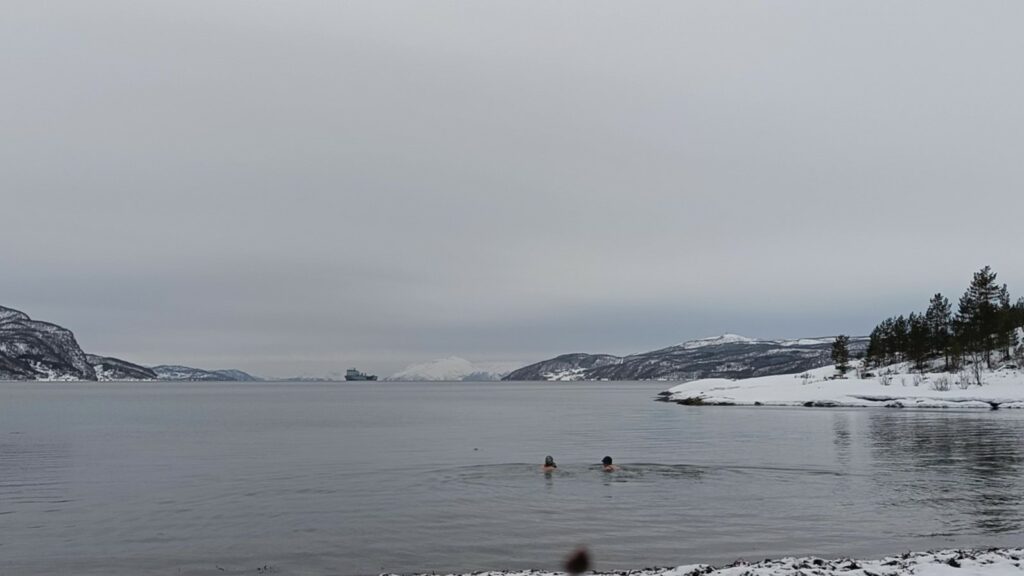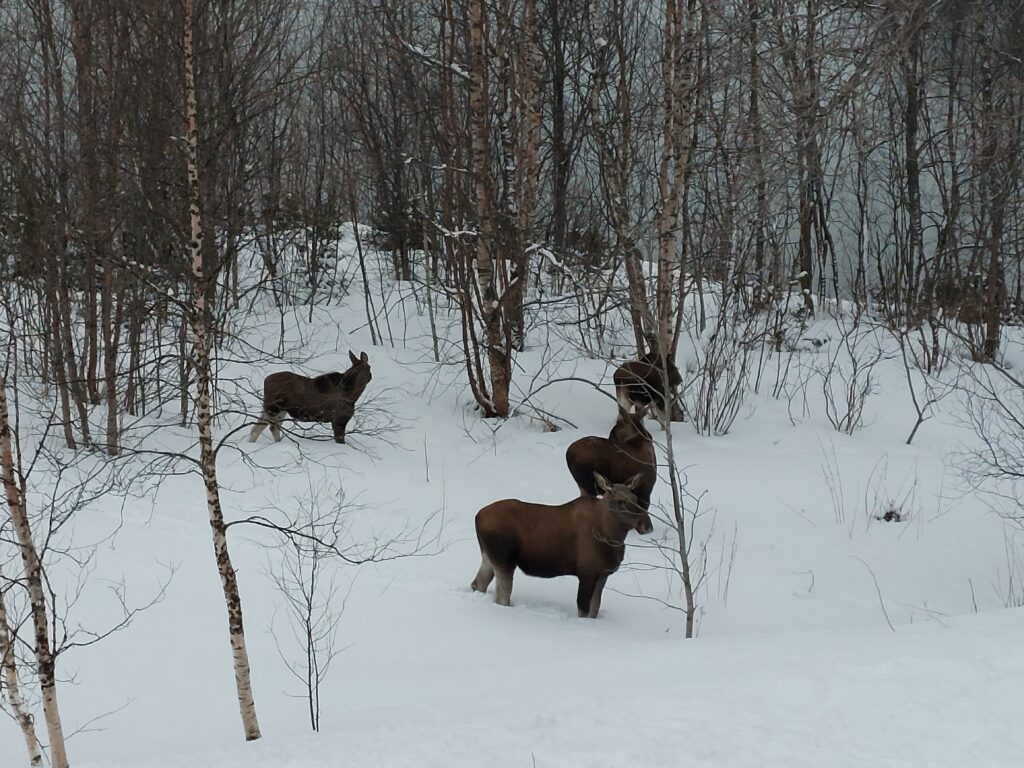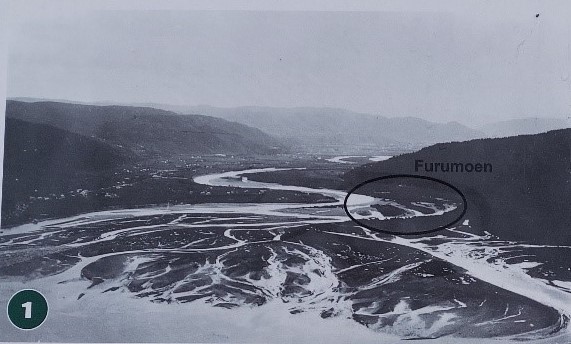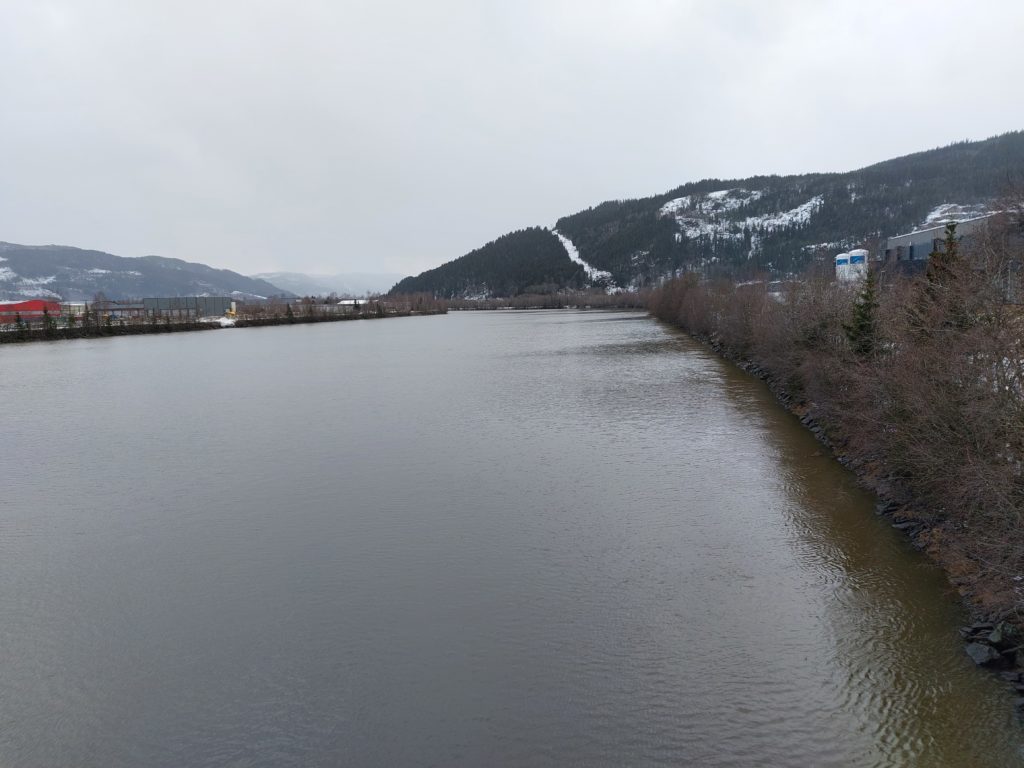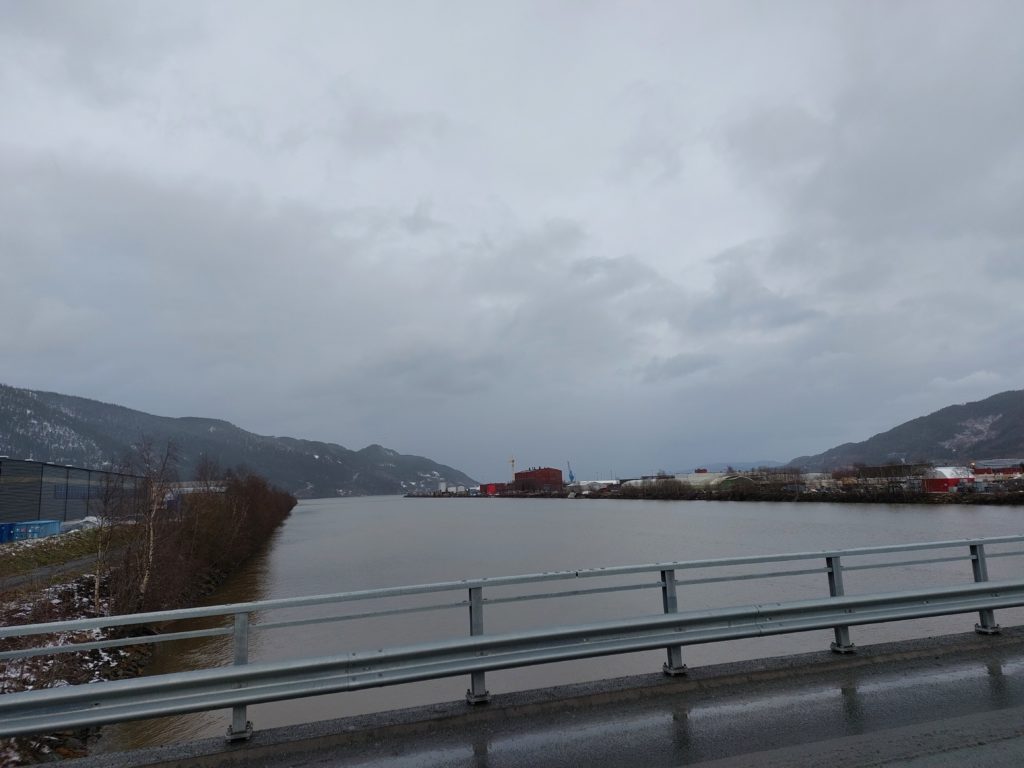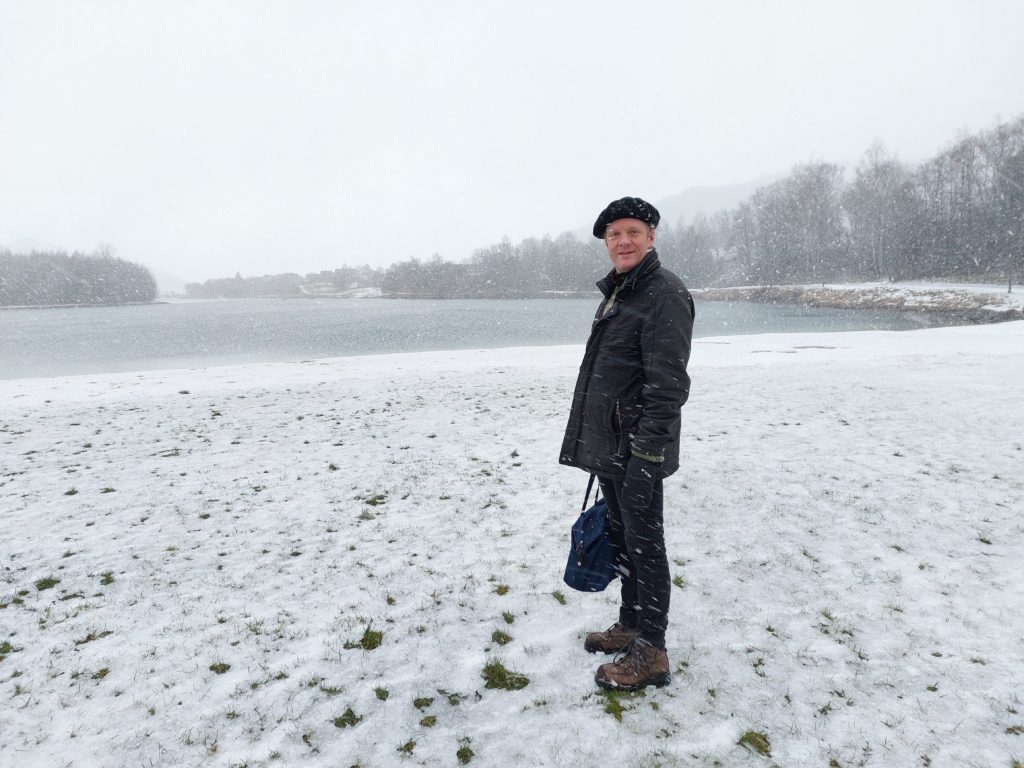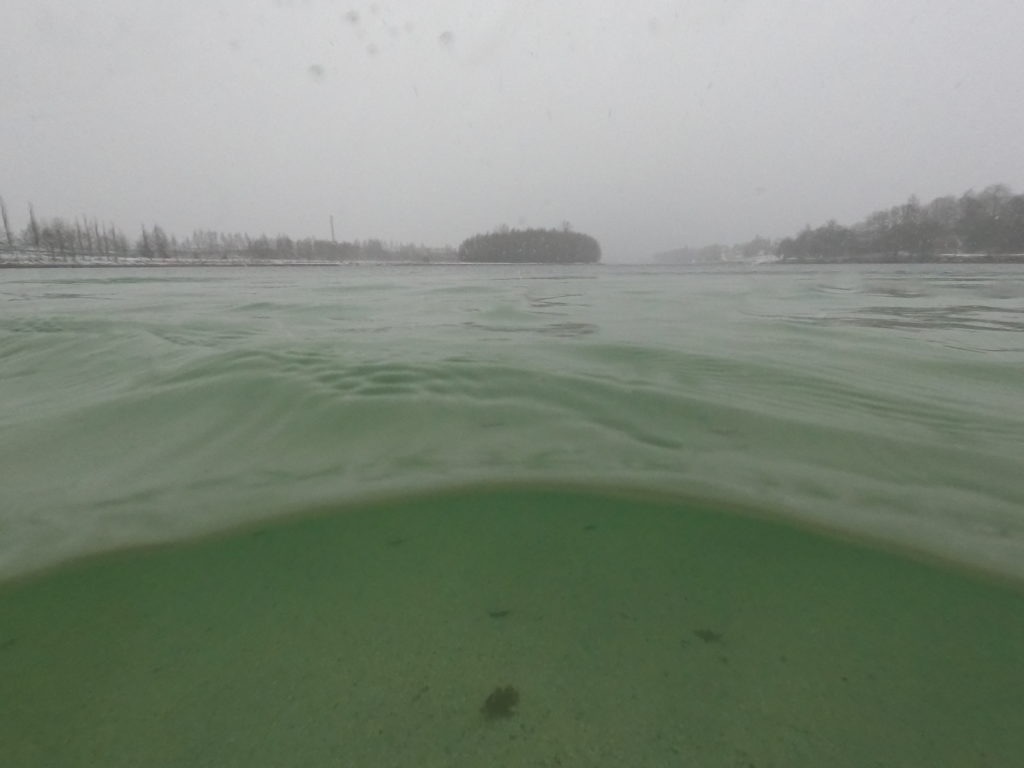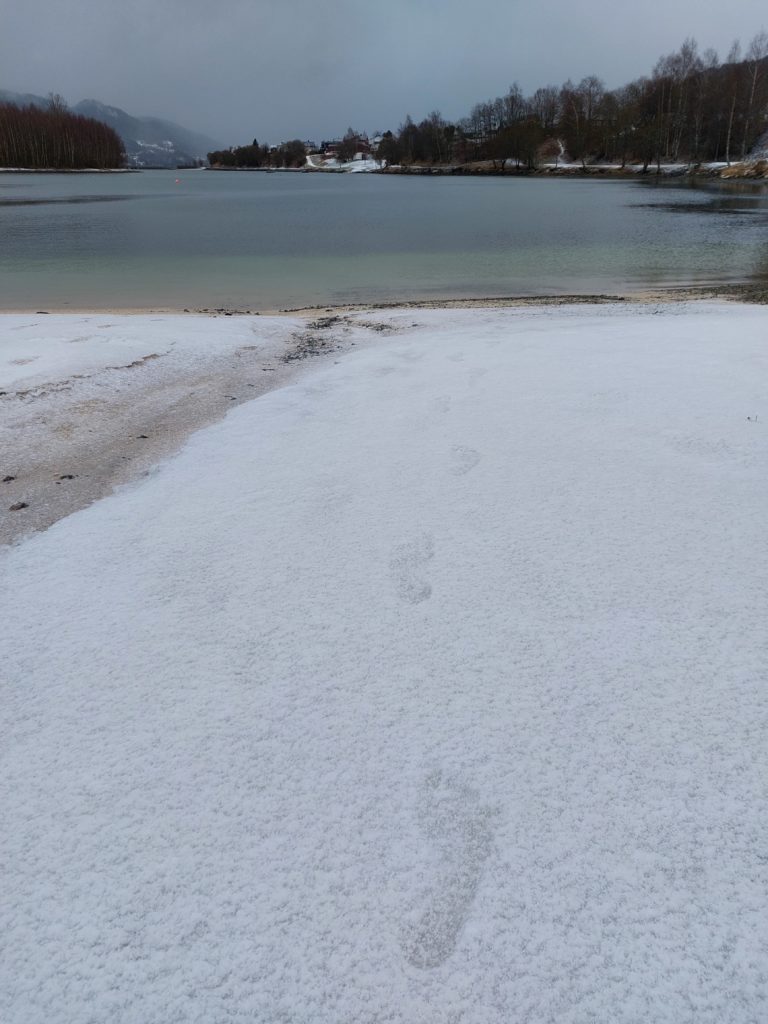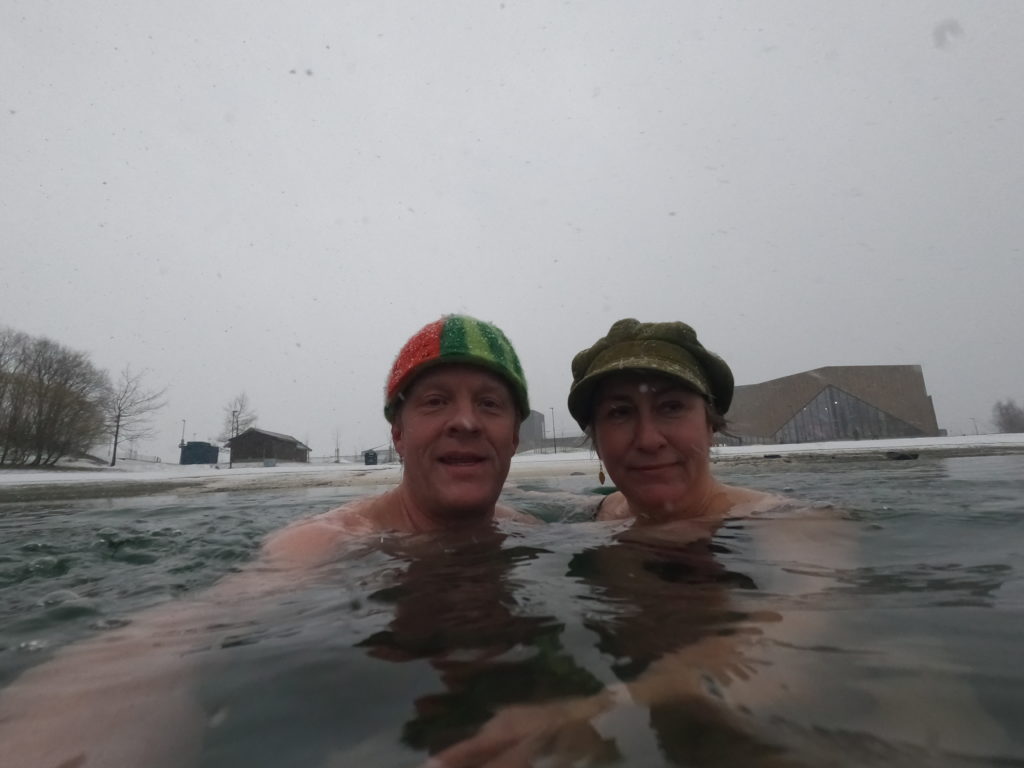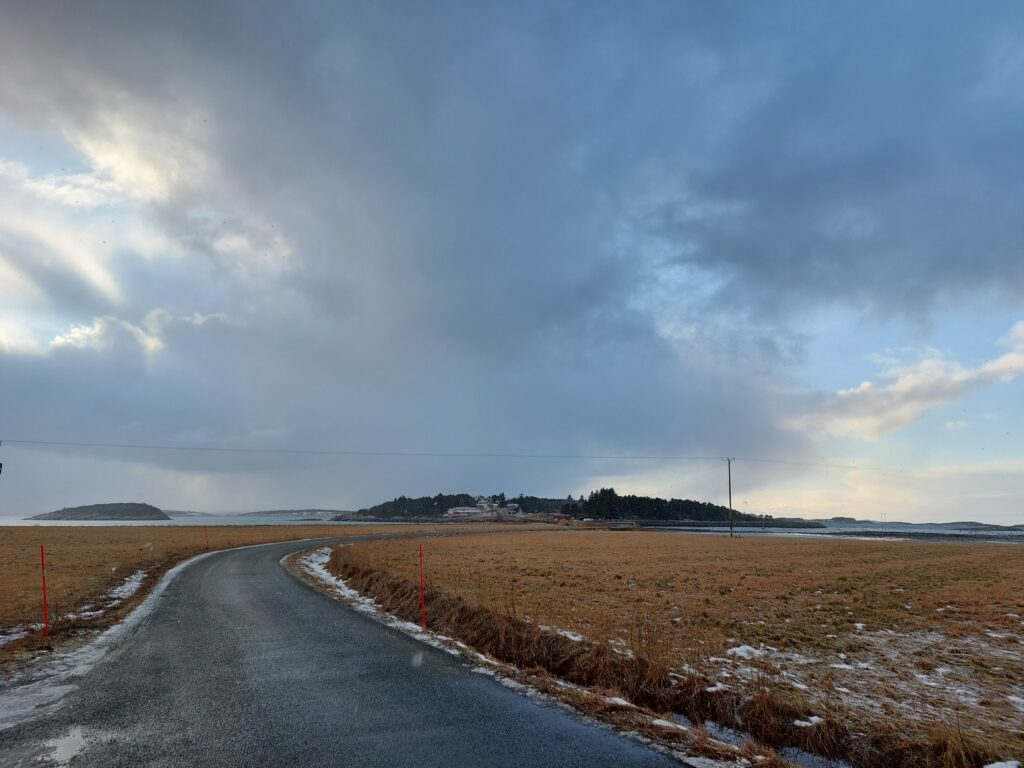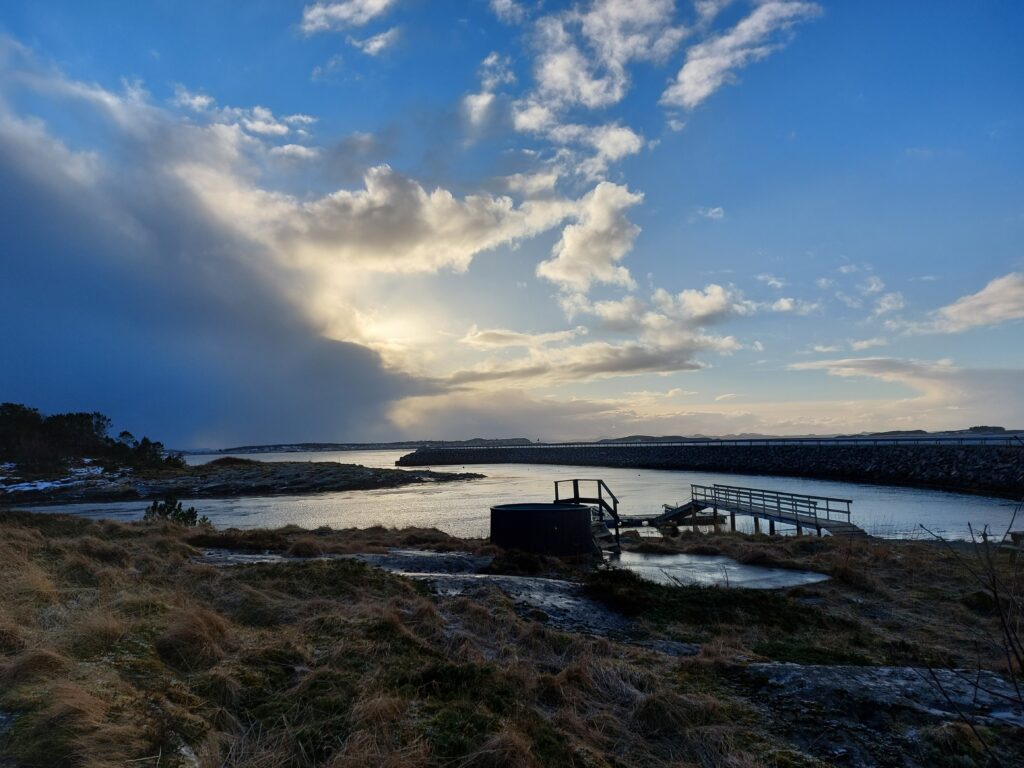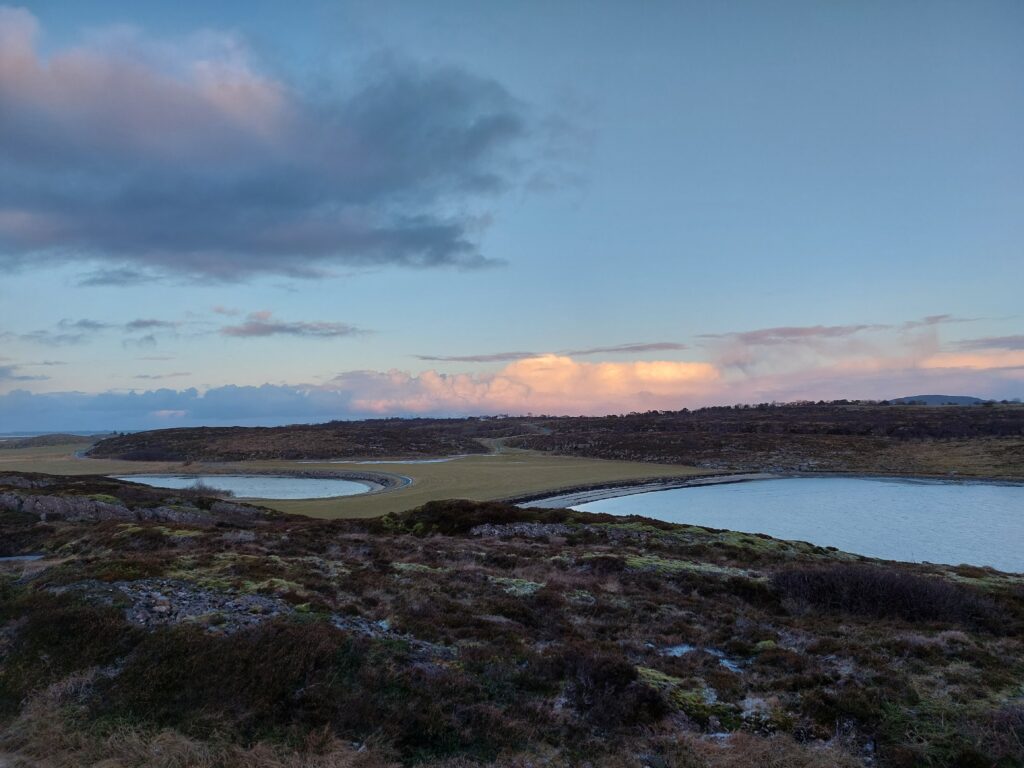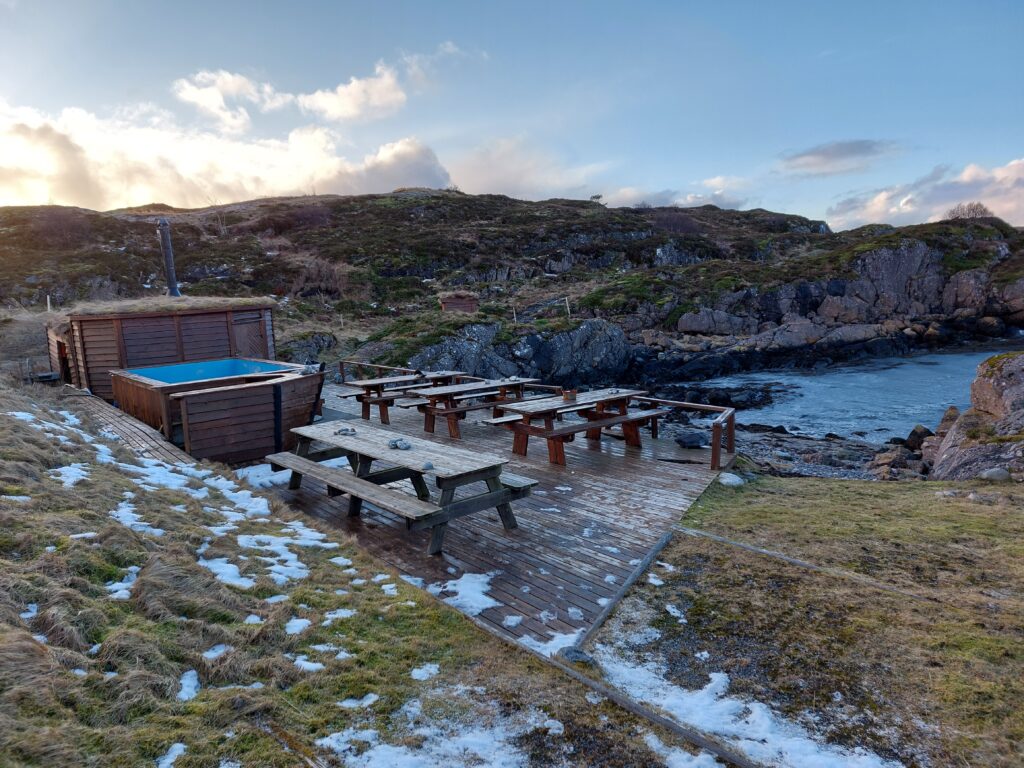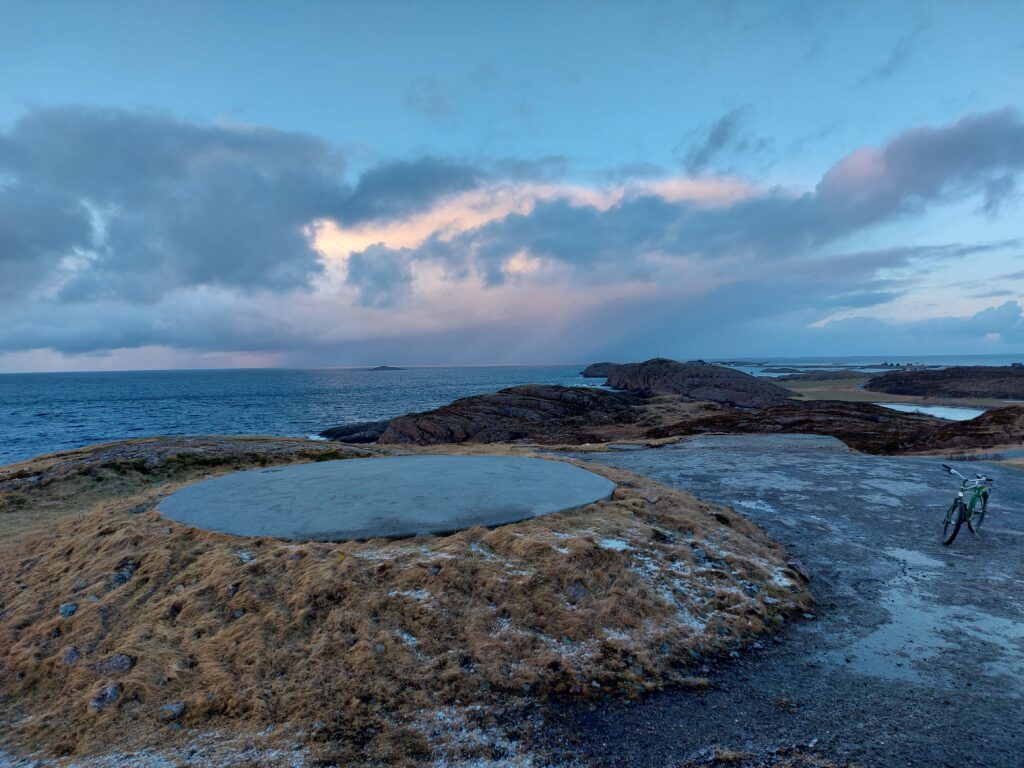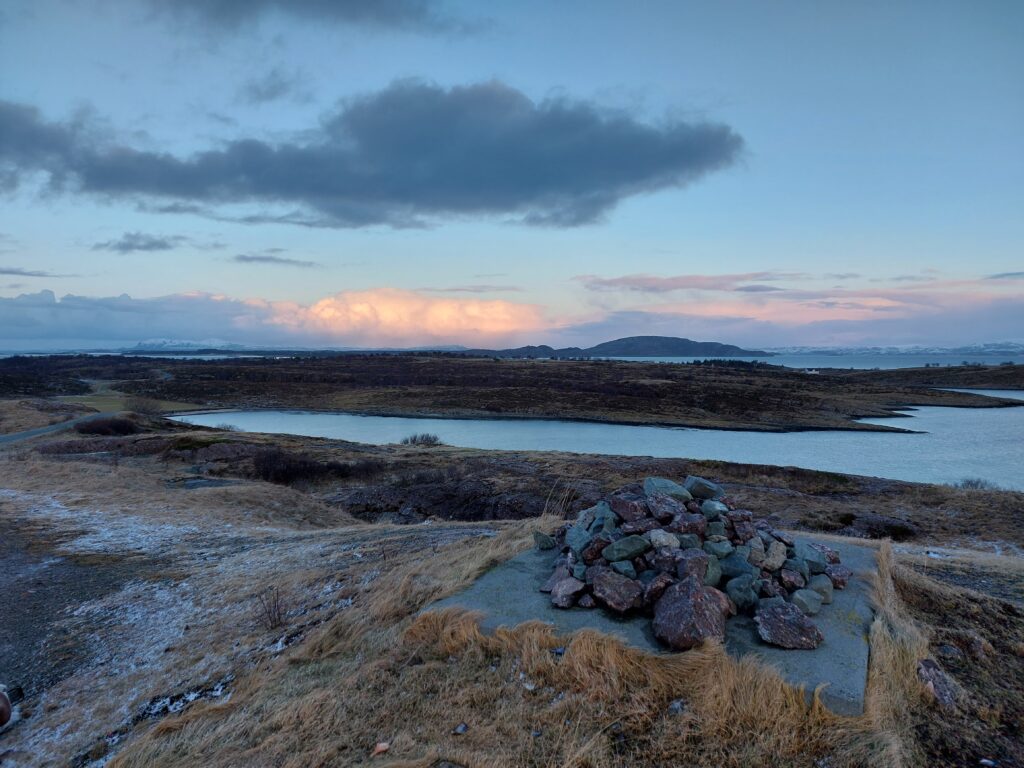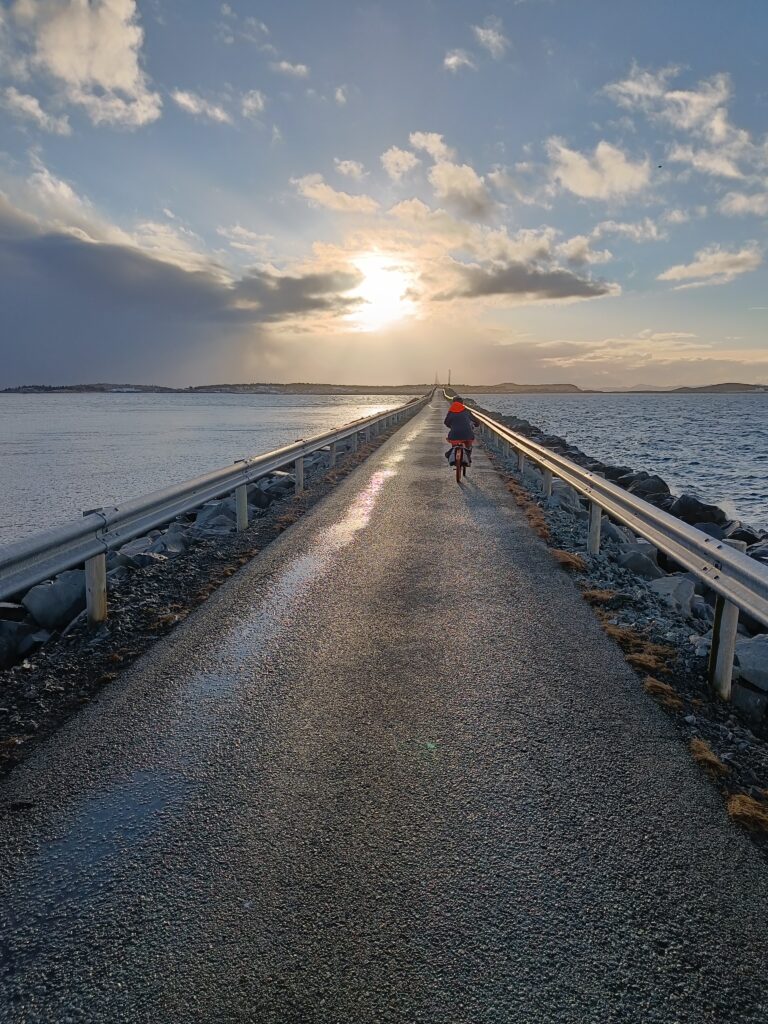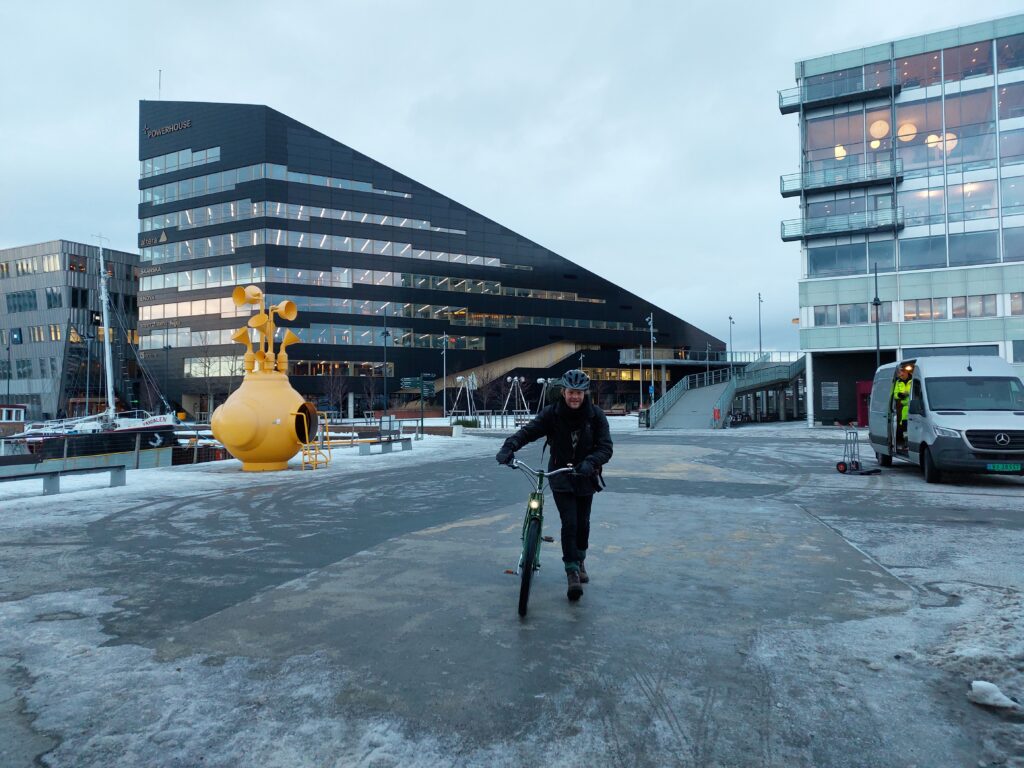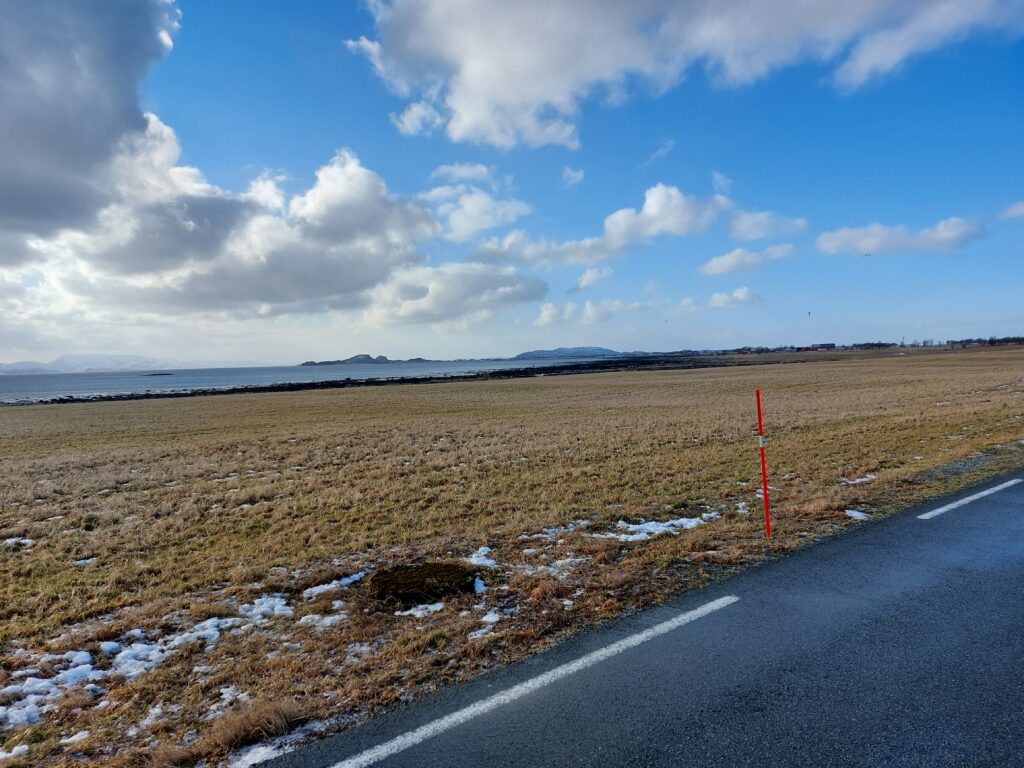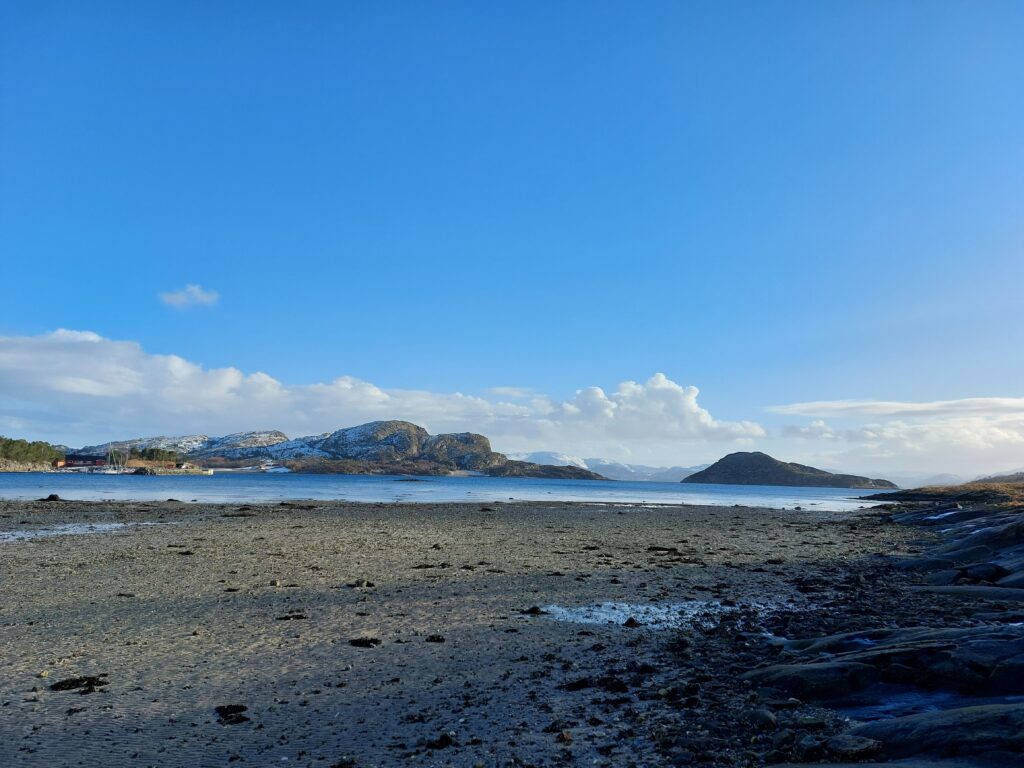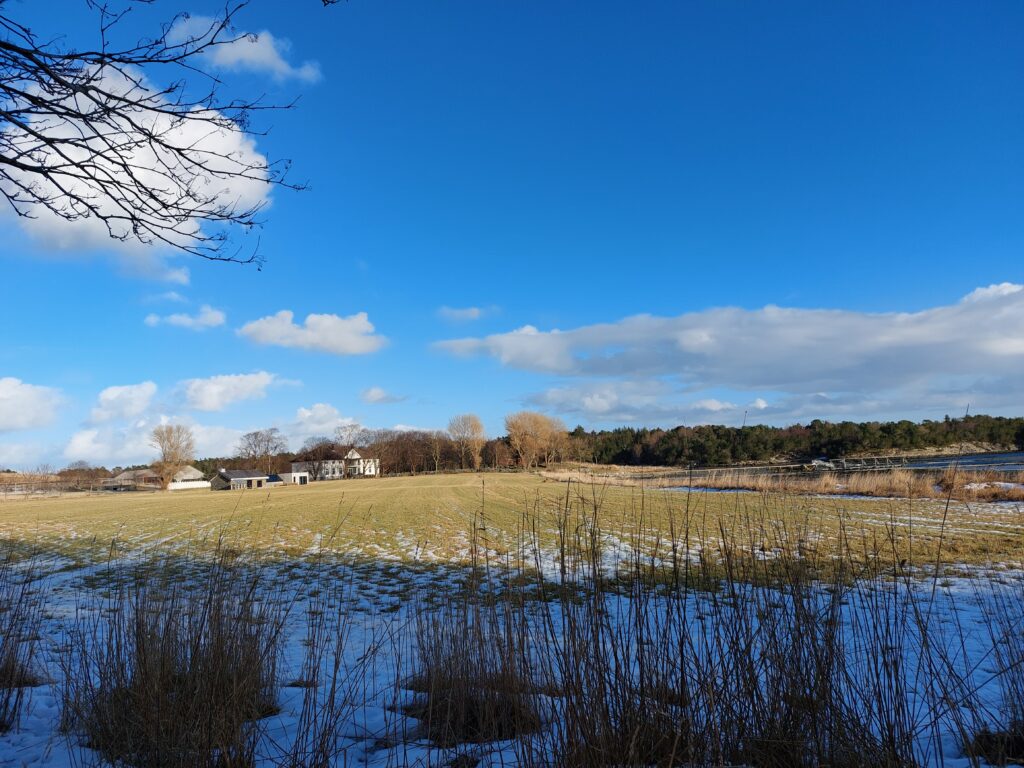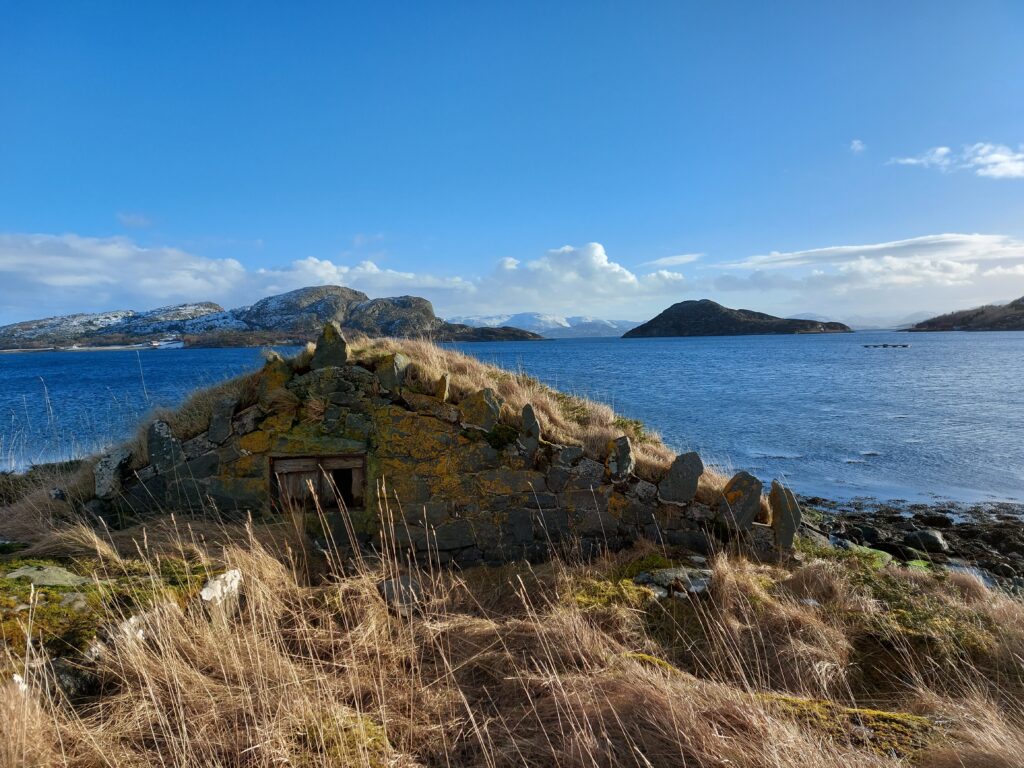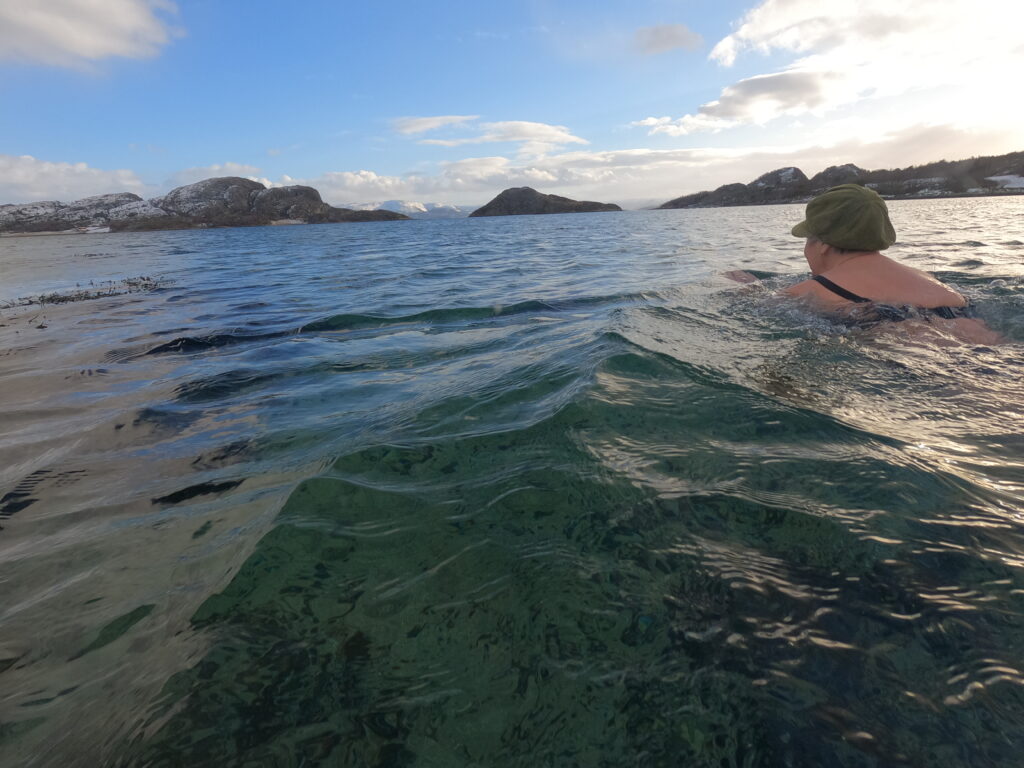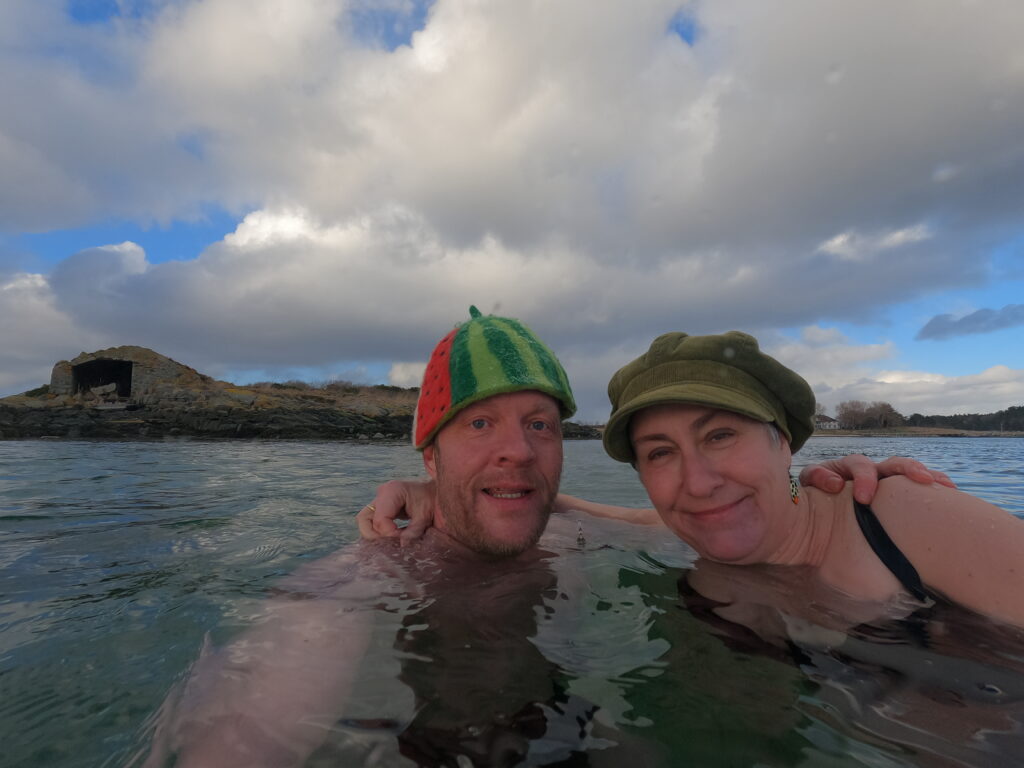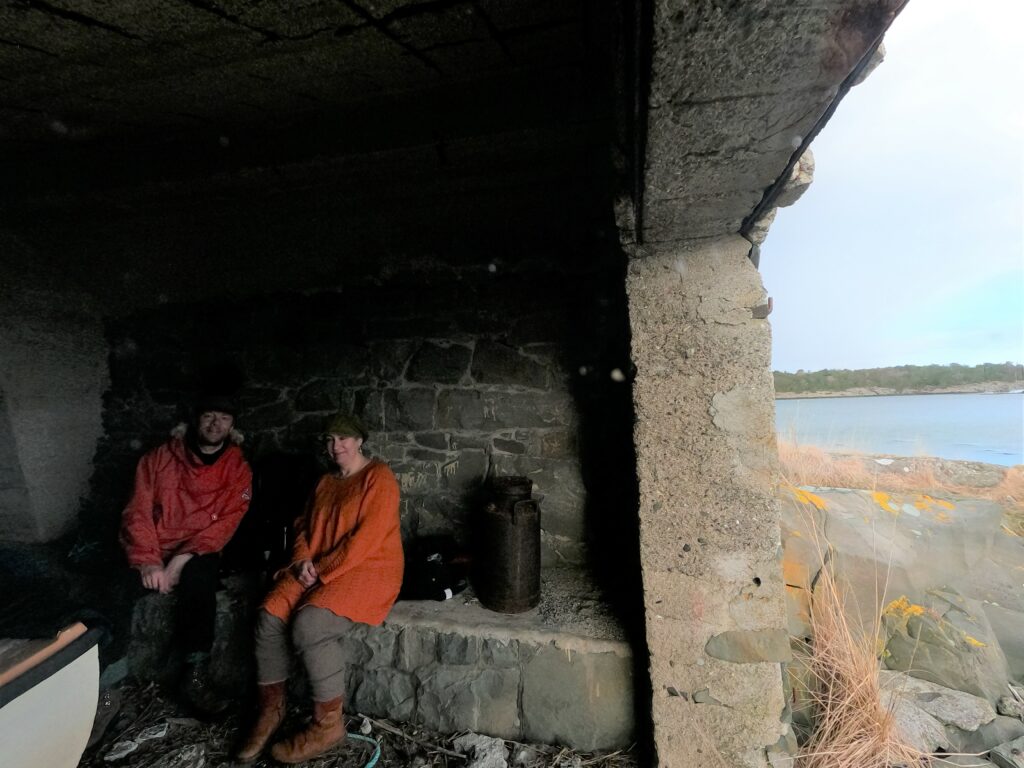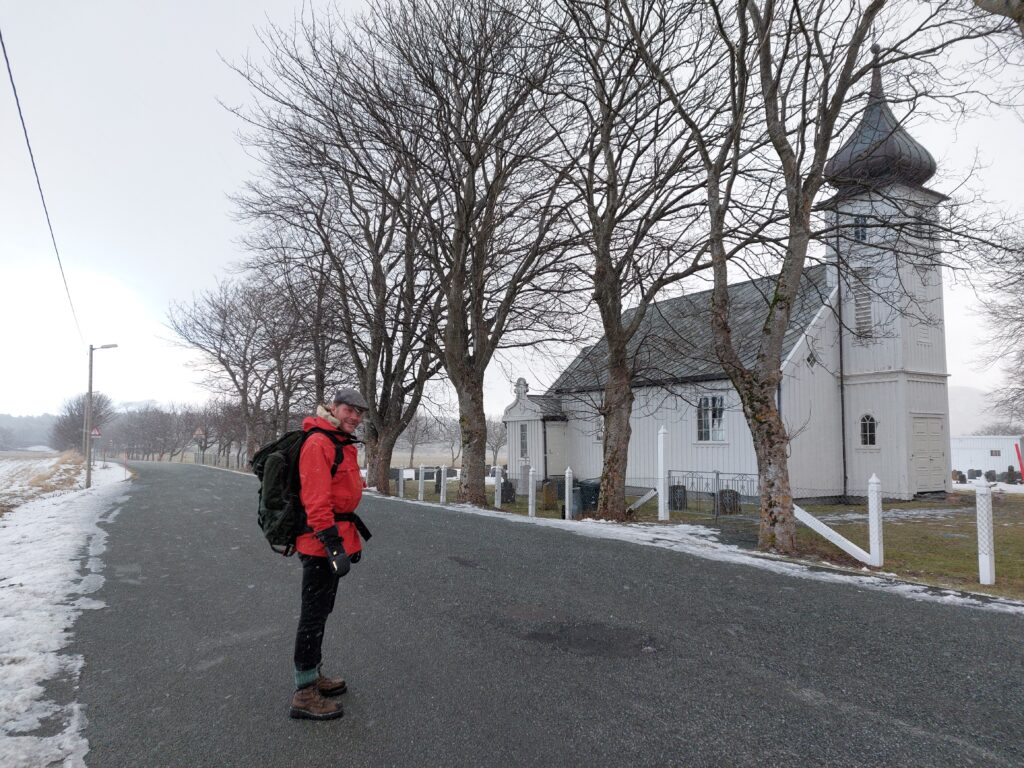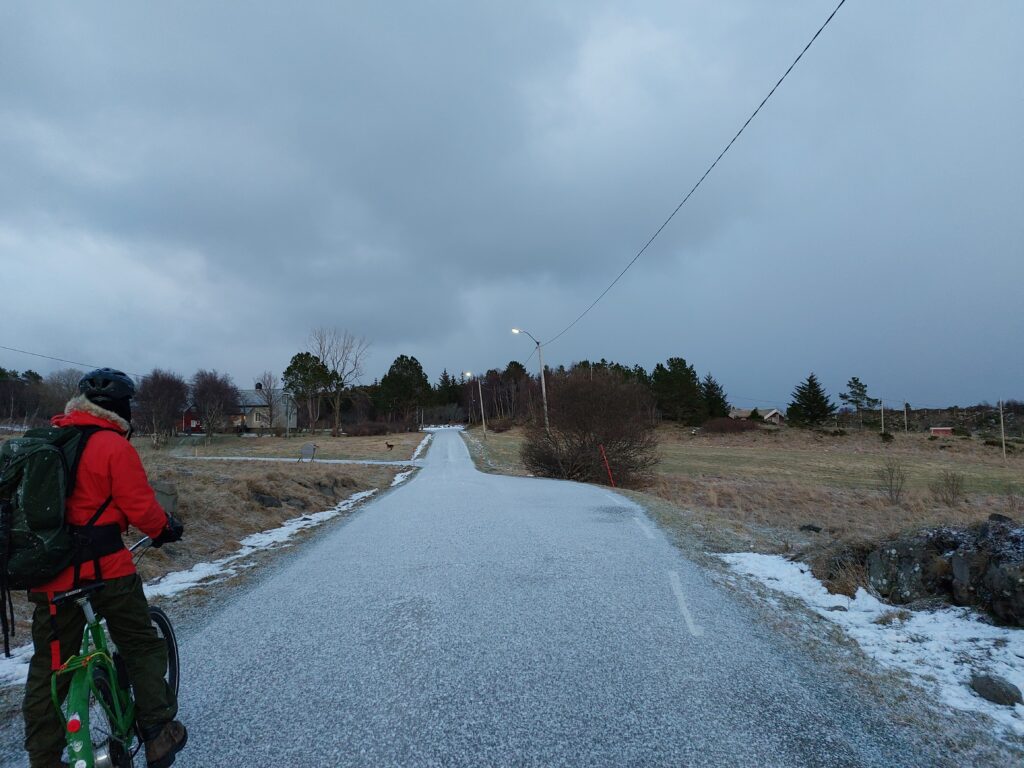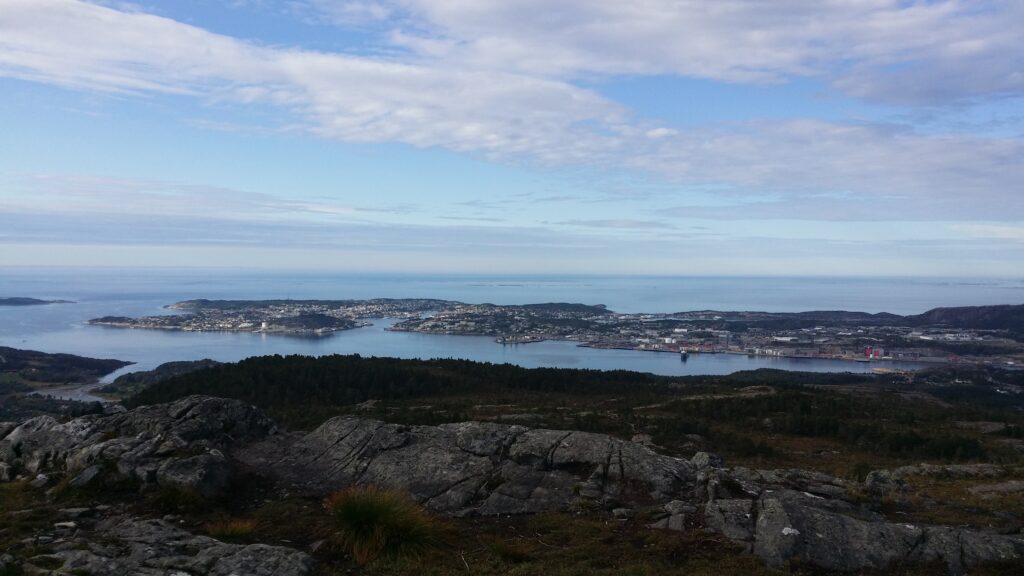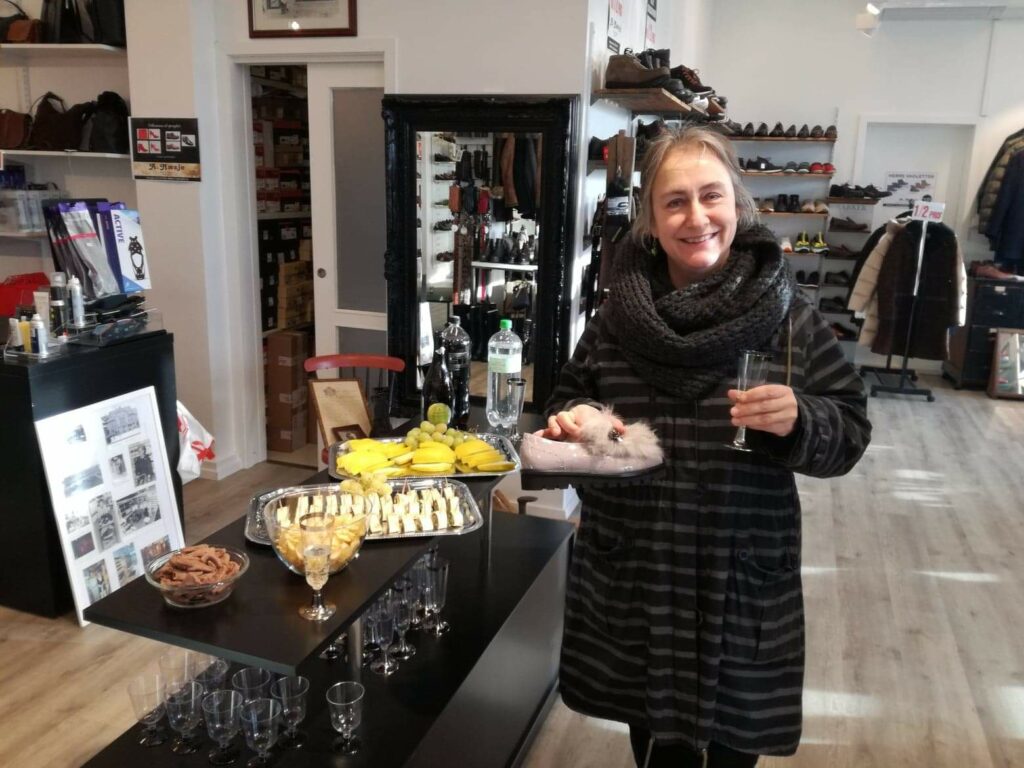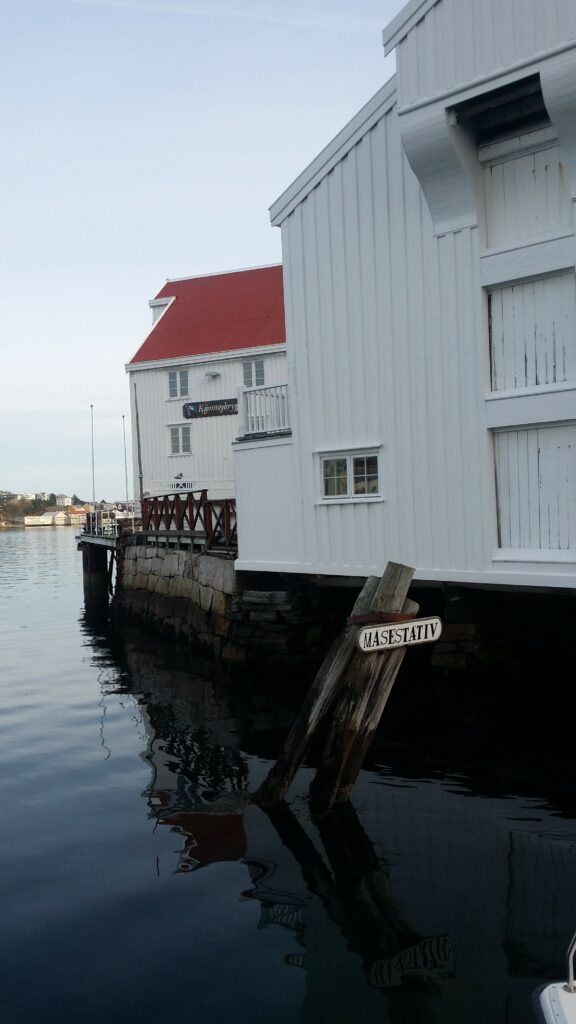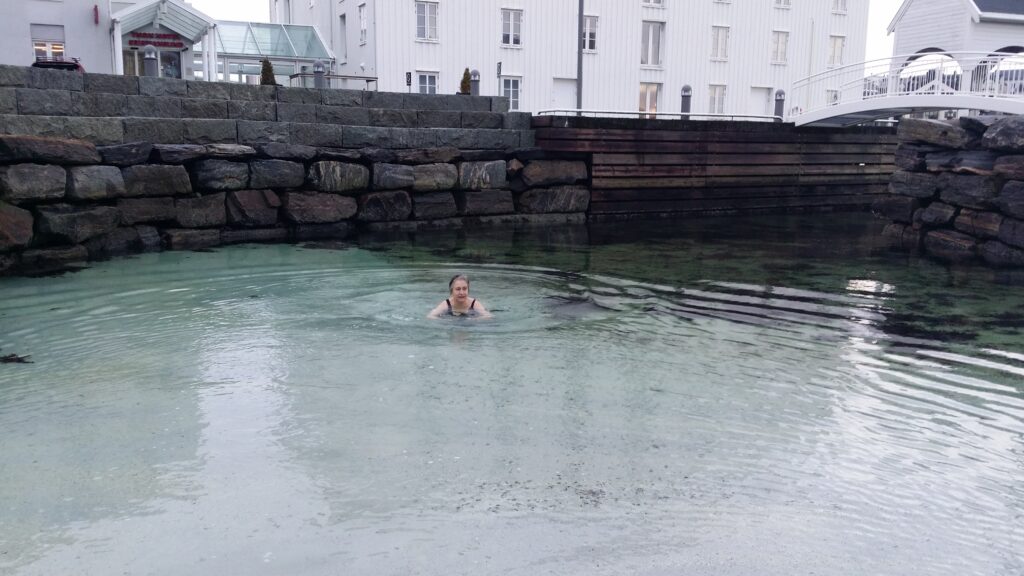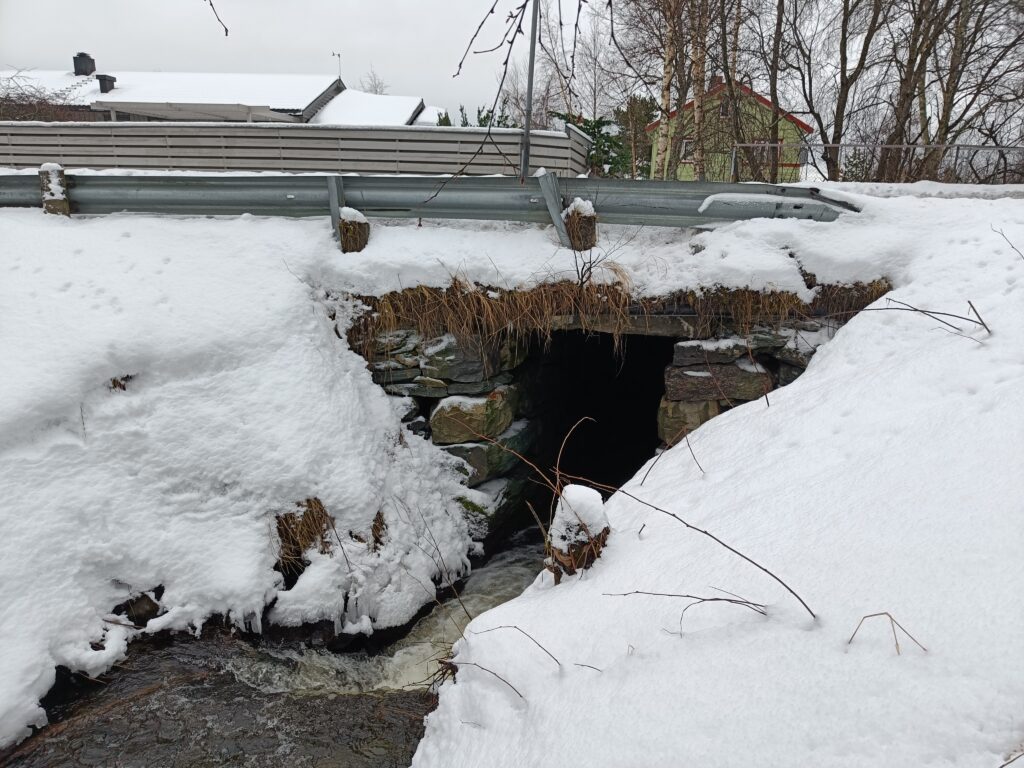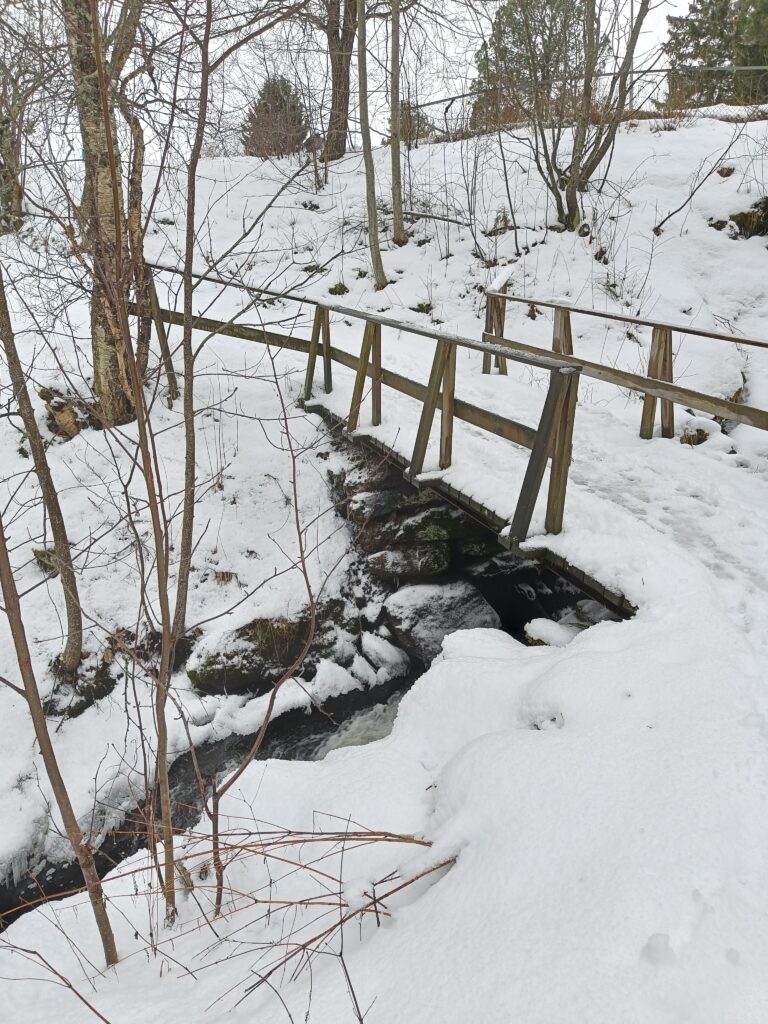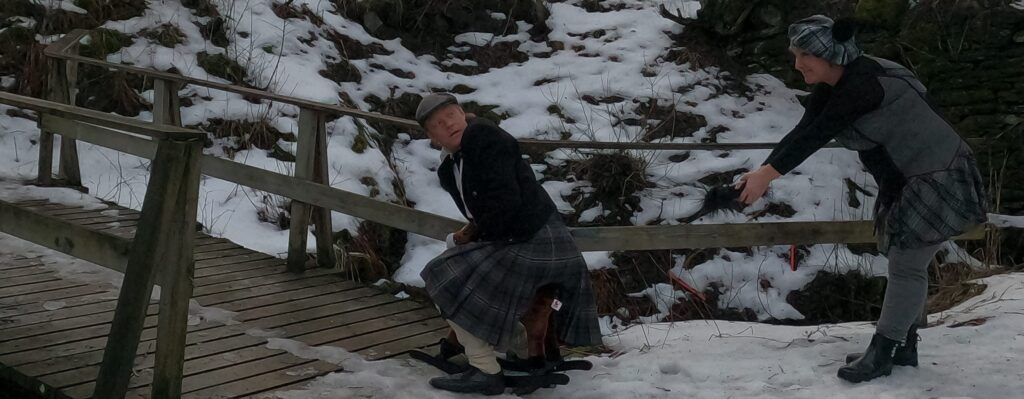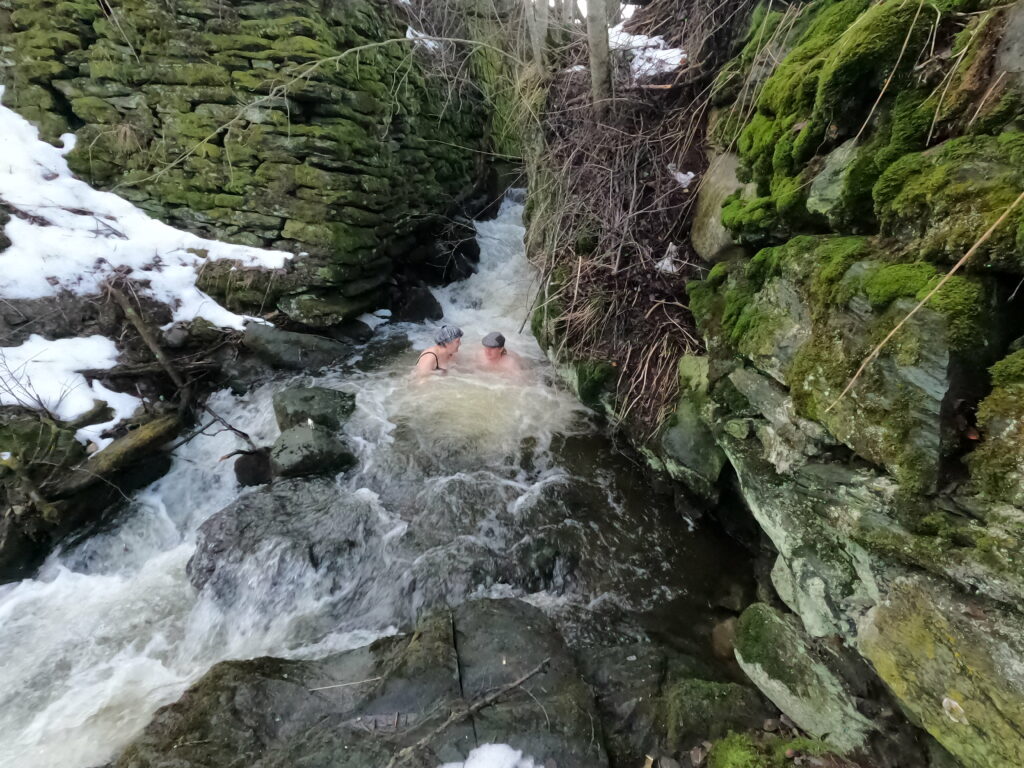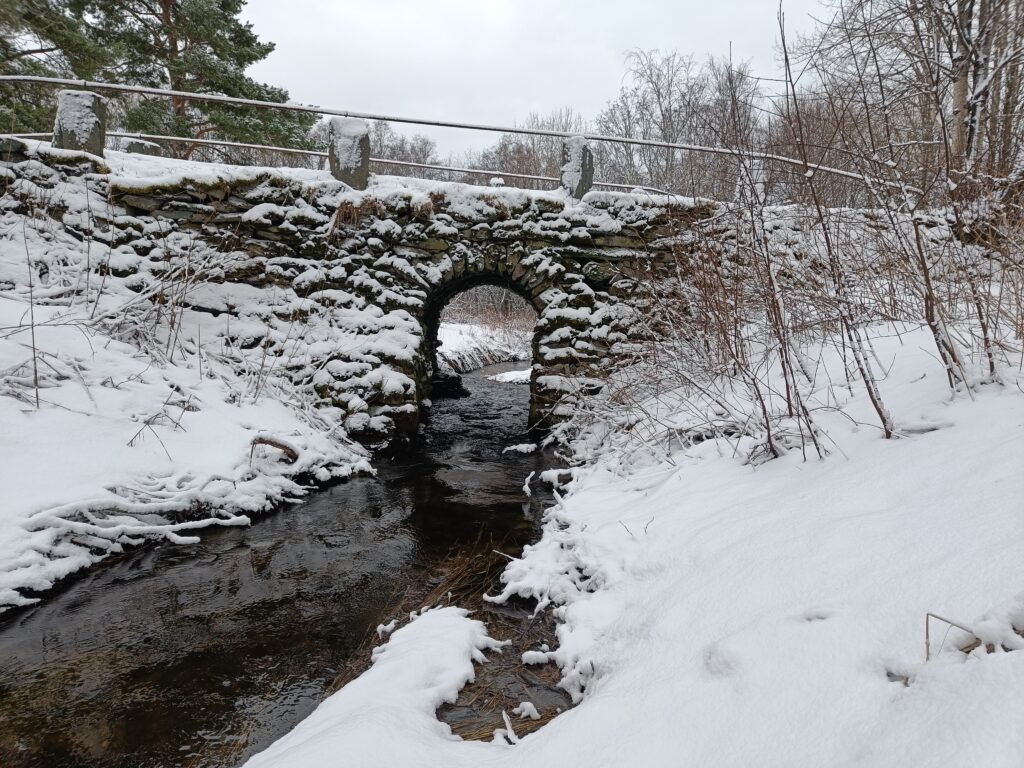Exactly one year ago, we took the first of a series of baths in Iceland. Some of us were going crazy of day after day with home office, and Iceland had a corona infection rate close to zero and was excempt from the Norwegian governments general advice of not travelling abroad. That made Iceland a good place to visit, we thought.
With help from Jon Sveinsson, who runs the Facebook site “Iceland, the photographer’s paradise”, we got a very good deal for a guest house at Rauðaberg for our quarantine period!
The first 5 days we could not enter any hot baths due to quarantine, but that’s no problem when you like cold baths as much as the hot!
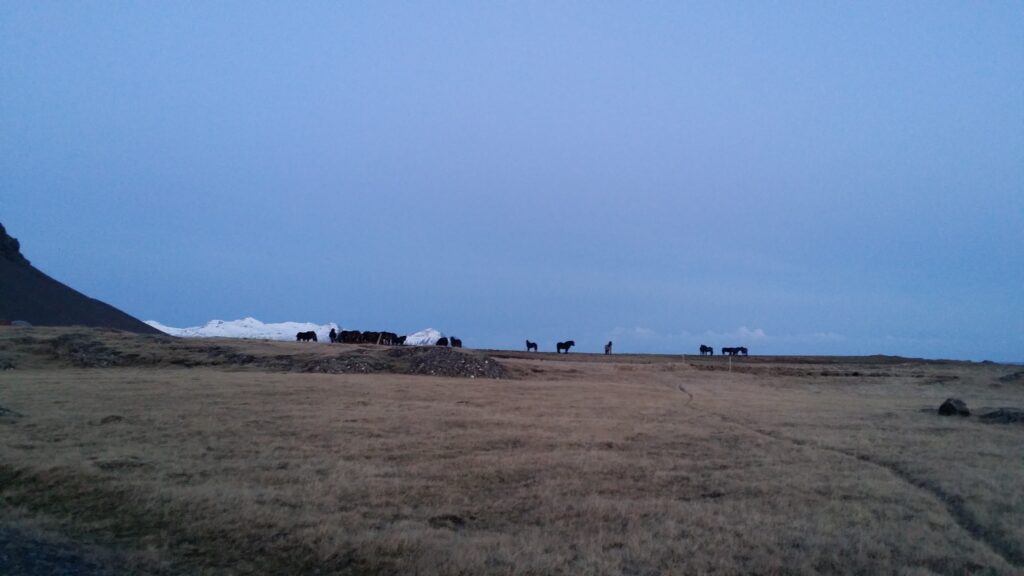
If you ever get out of Reykjavík: It is possible to find splendid hiking tours outside the lists of Icelandic tourist attractions! Actually, it is very nice to go for a regular walk along valleys or by the shoreline. Does this sound boring? Not at all! Calm down, breathe deeply in the fresh air, and enjoy going for a walk without planning and queues and crowds of people.
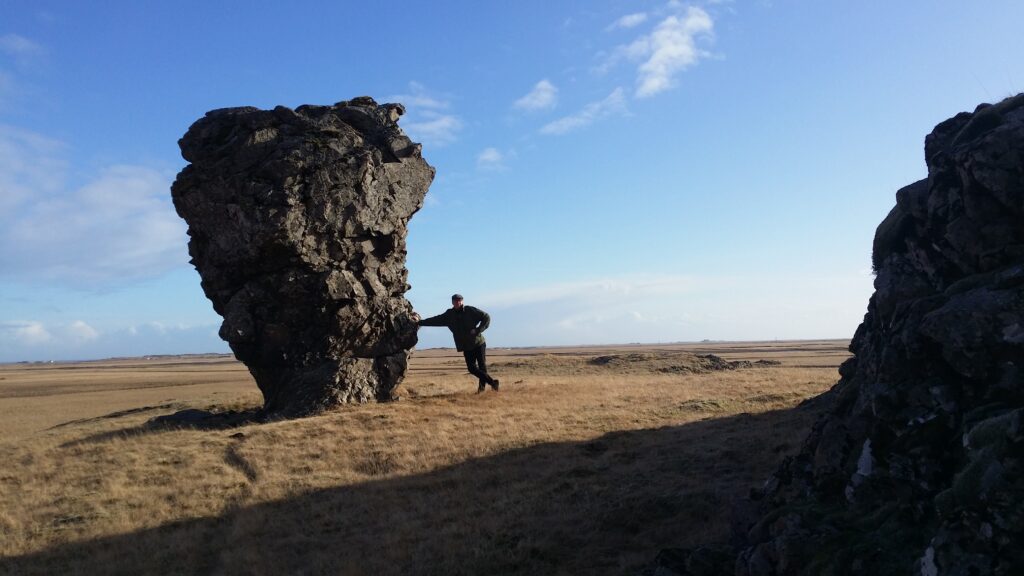
During the quarantine at Rauðaberg, one day we went along the ‘Hauka’ (Hawk) valley below the mountains.
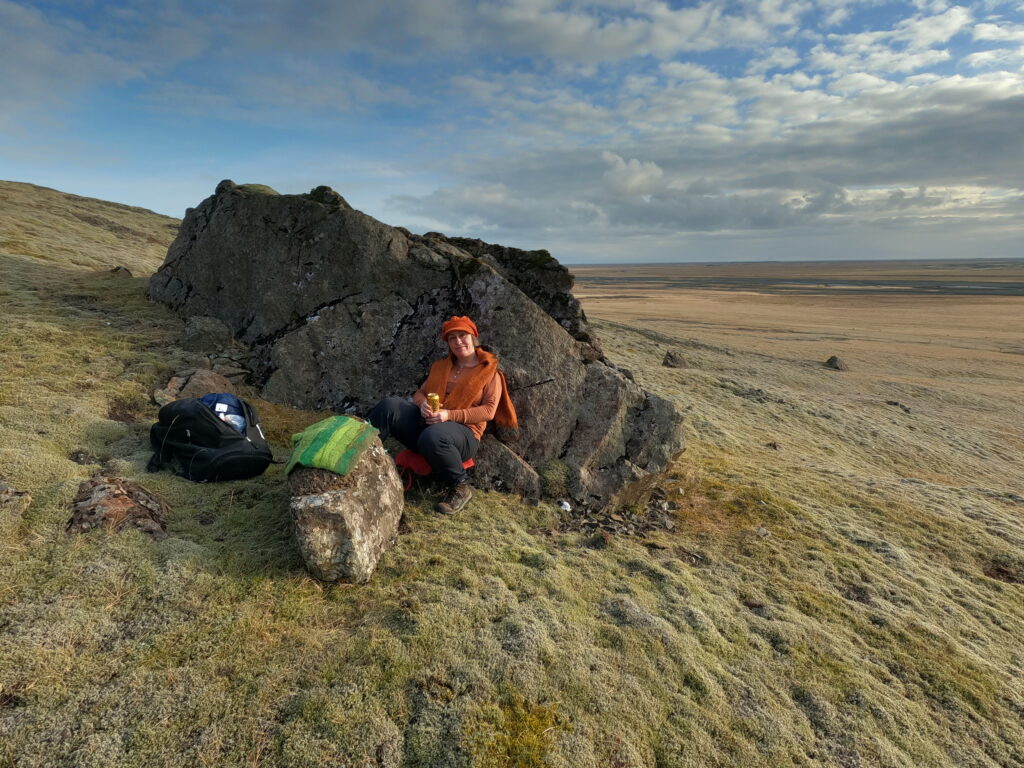
On the way we saw several farms, houses, fenced clusters of trees and plenty of small, beautiful waterfalls.
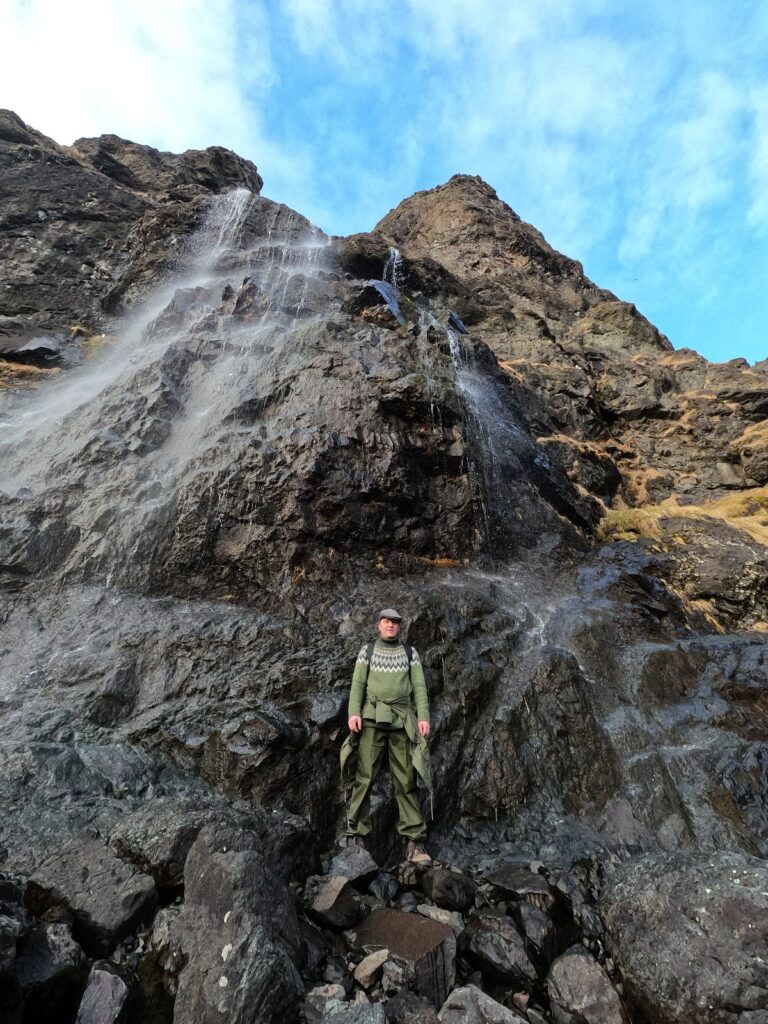
There were a lot of birds in the mountains. Mostly seagulls, but also ravens. The ravens always appear in pairs. No wonder the Norse mythology equipped Oðin with two ravens: Huginn and Muninn.
Entering the end of the valley we found a field of trees; pines and larch. A memorial has been erected by the road in honor of the forester who started planting trees here. And finally we arrived at a two level waterfall.
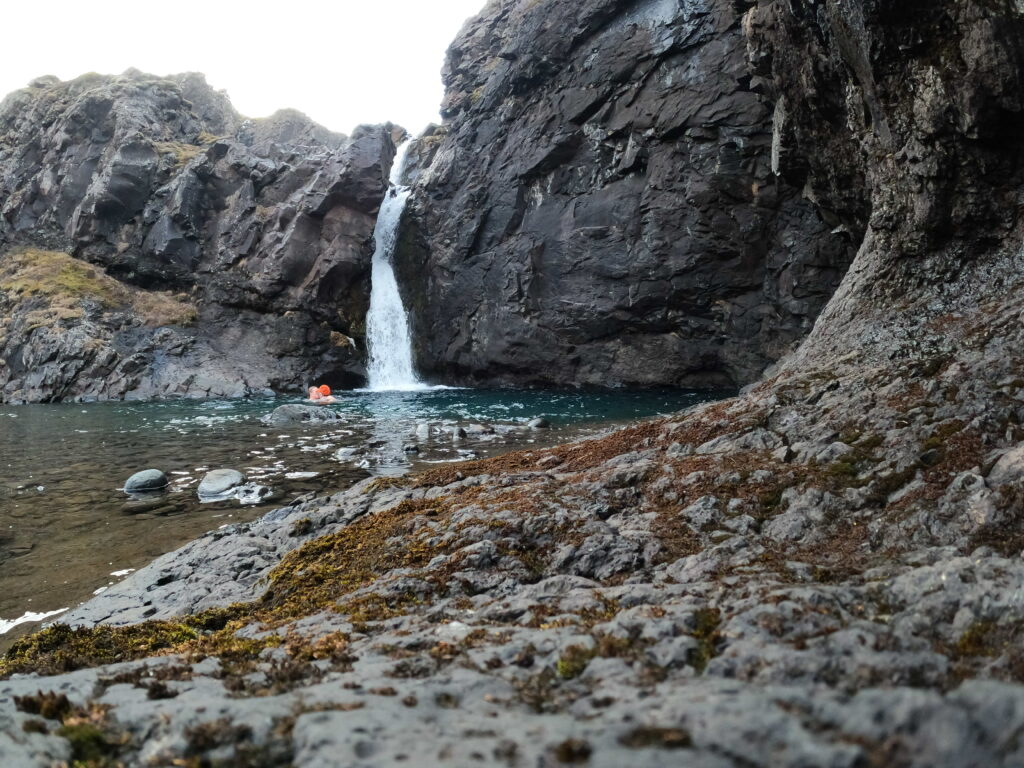
This got to be our personal bathing waterfall during the quarantine week. It was an excellent experience to swim in the pool below the waterfall. Such a beautiful place, with a waterfall that does not even have a name (that we could find). The fascinating thing about all waterfalls is how much strength they have when you stand in them, but when you check afterwards what flows out, there is close to nothing! How is it possible that something that looks like a small stream roars and knocks the air out of you when it falls over the waterfall edge? Water for sure is powerful!
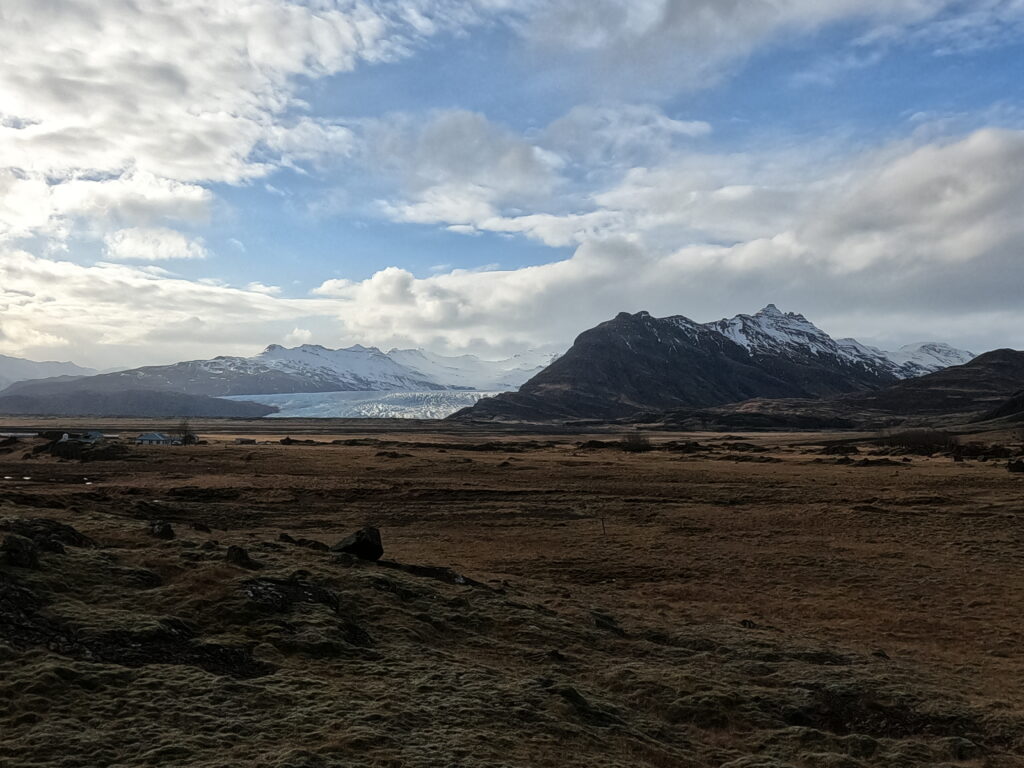
Oh, how nice it was to get out of the home office. Away office in Iceland was so much, much better!
